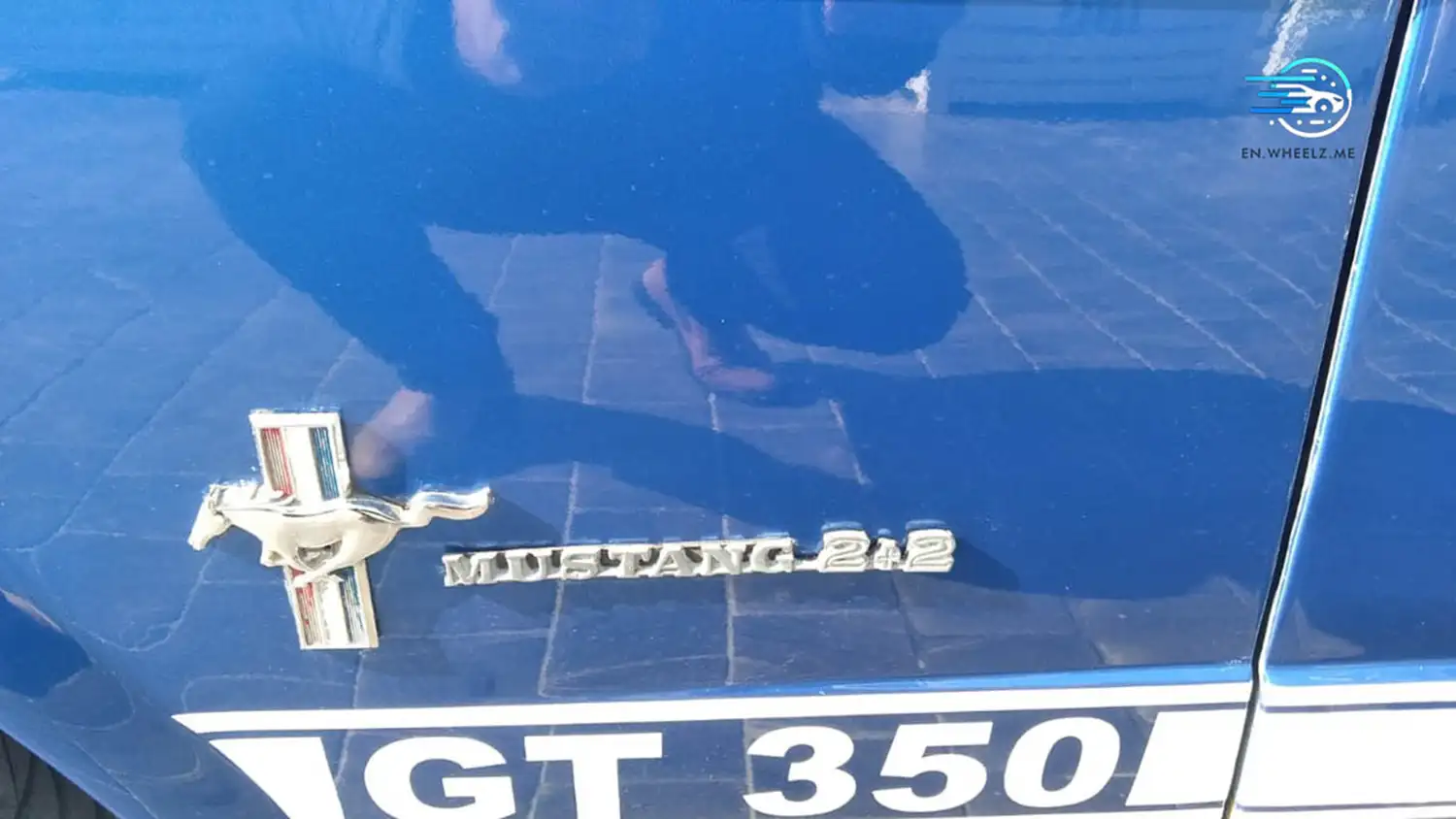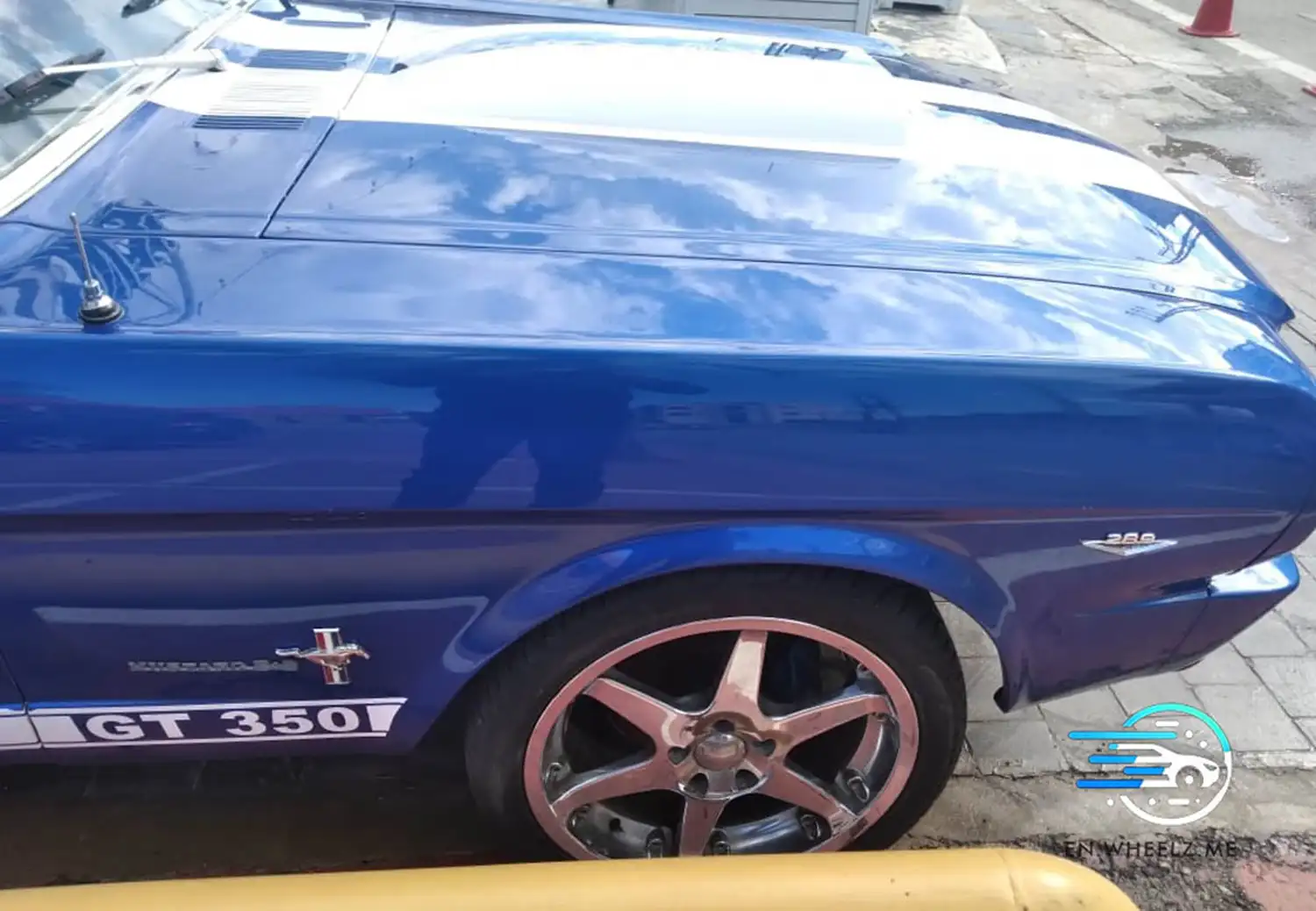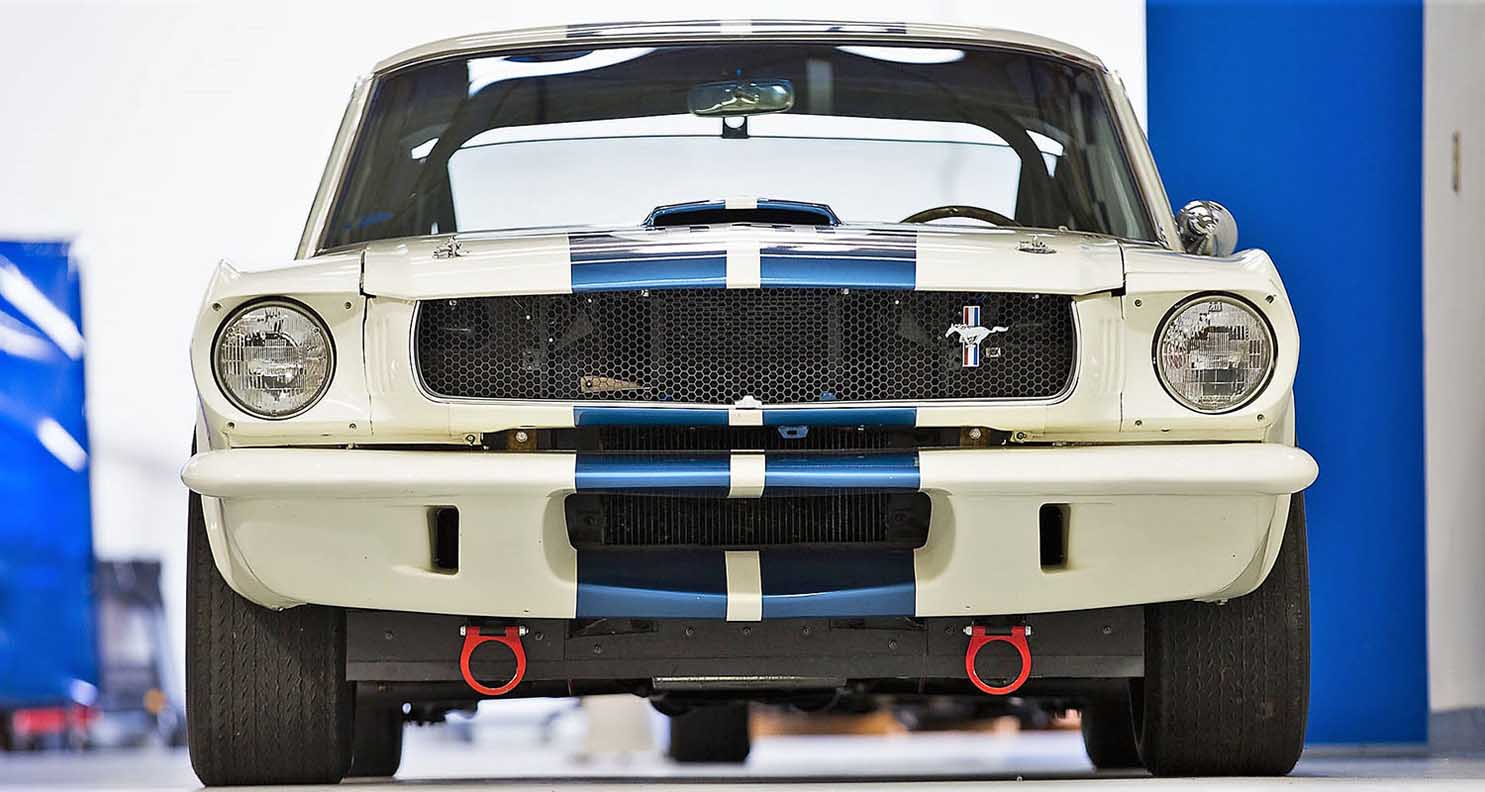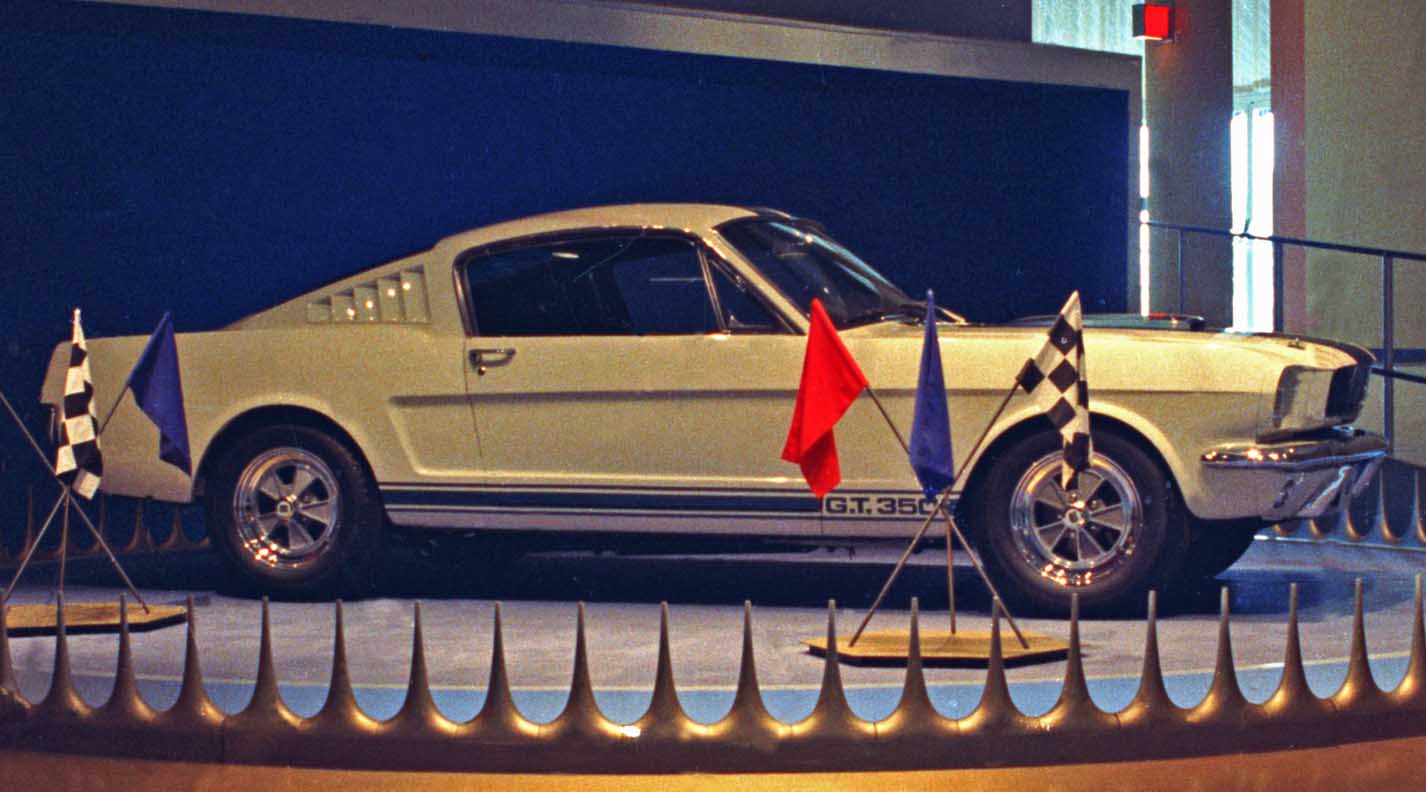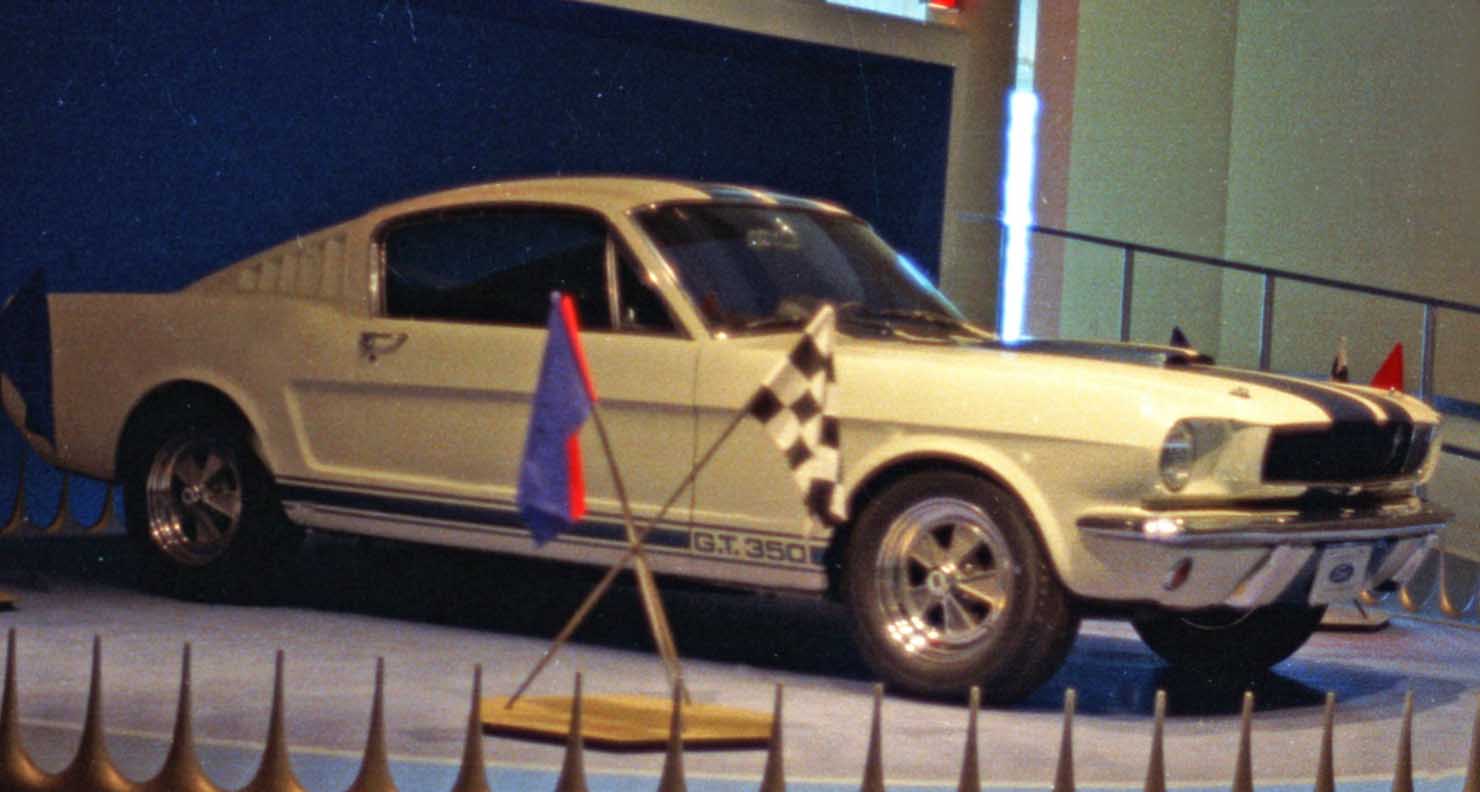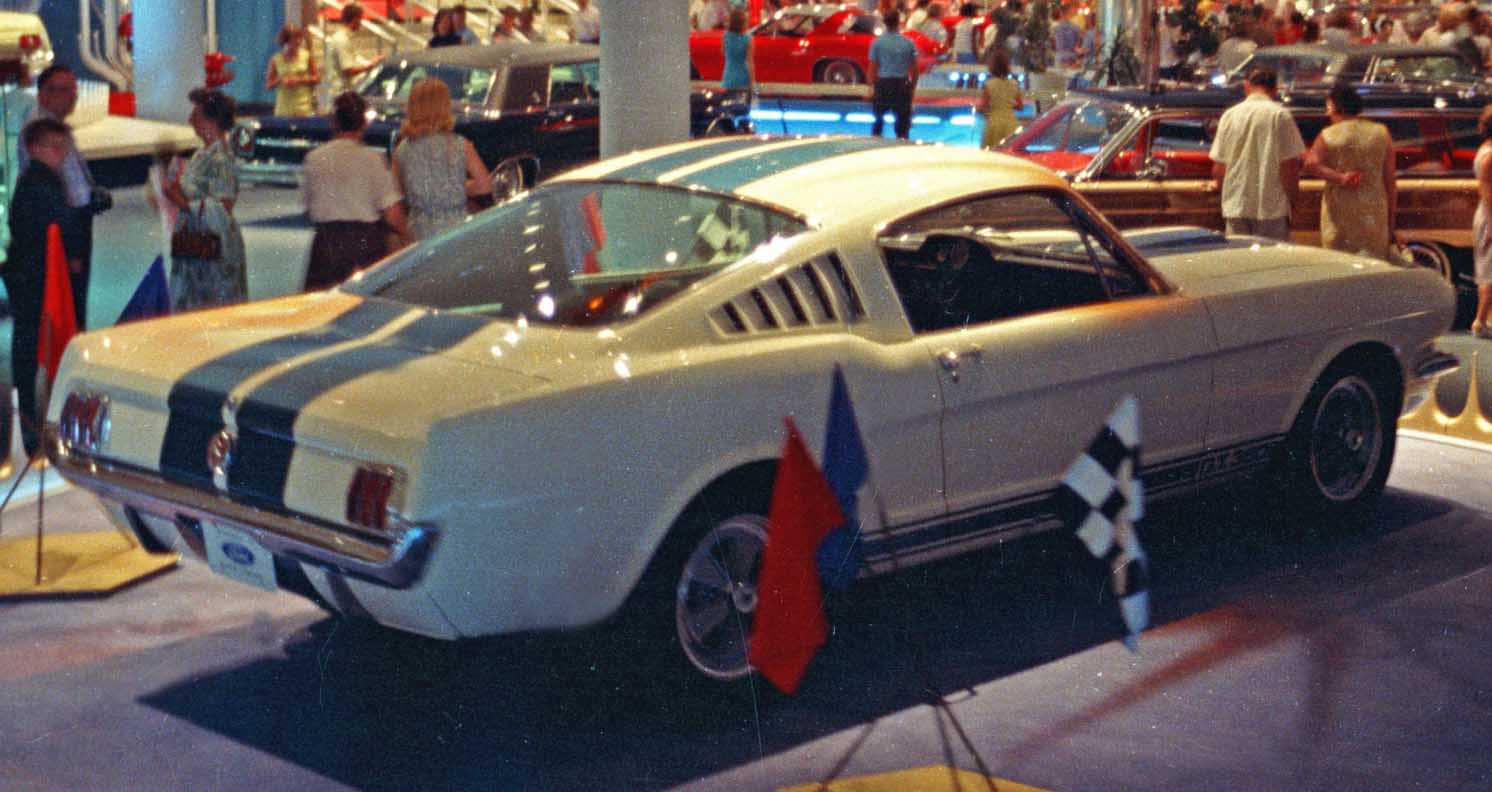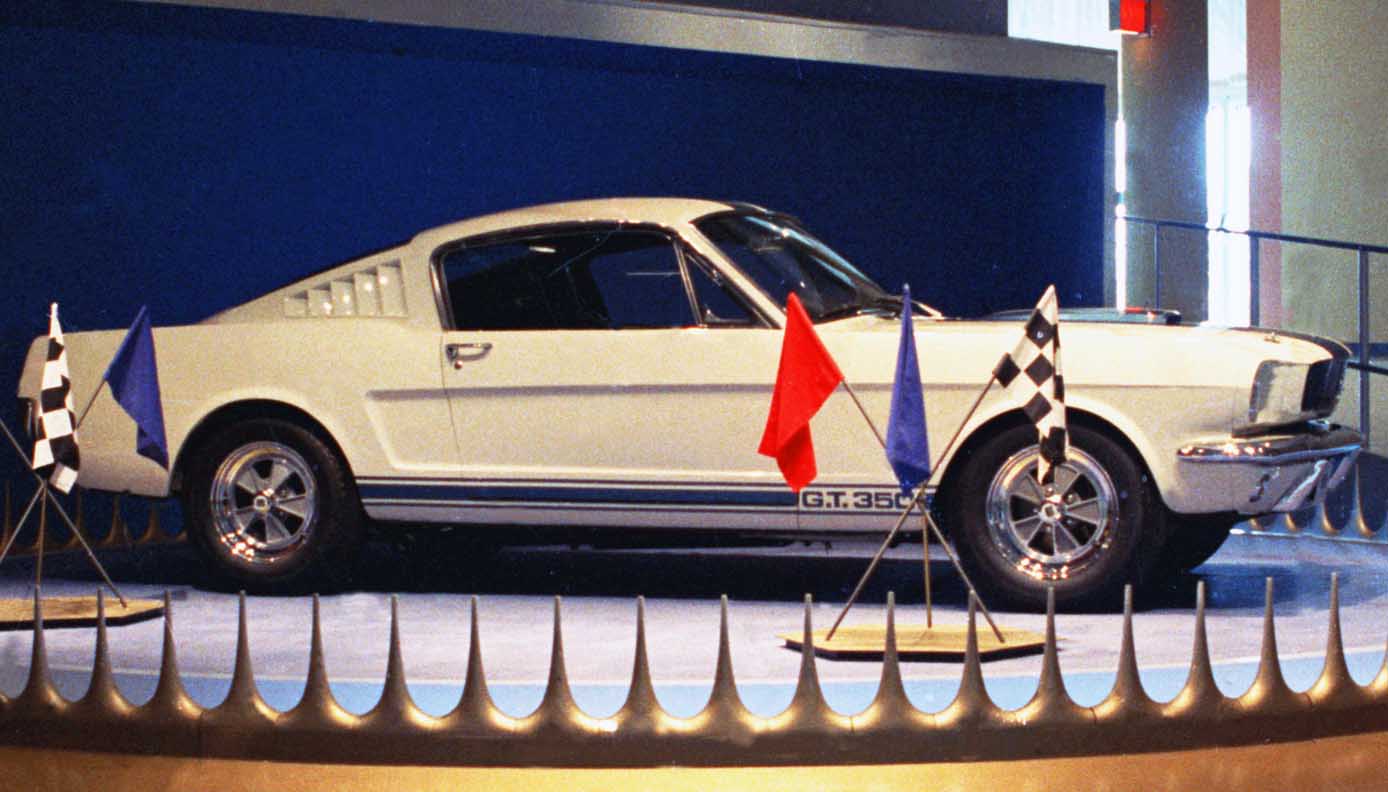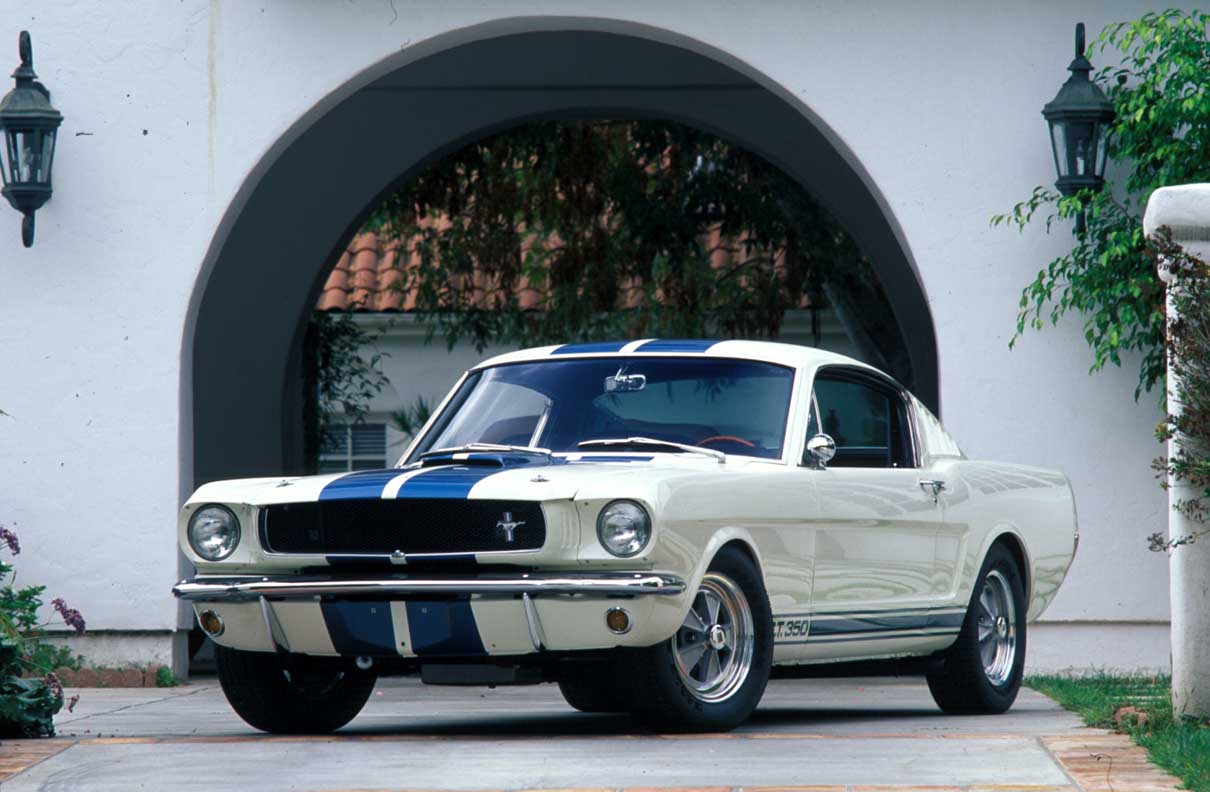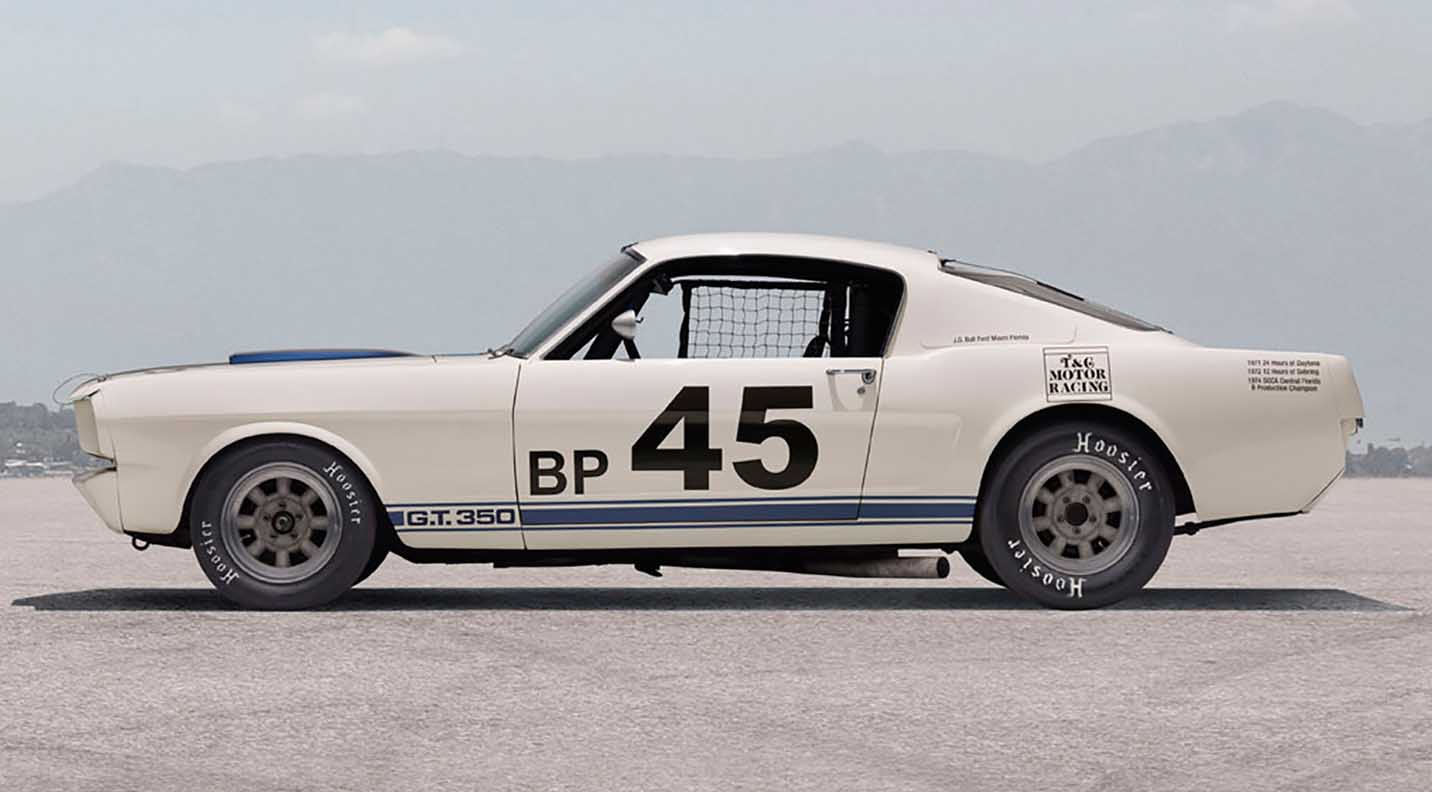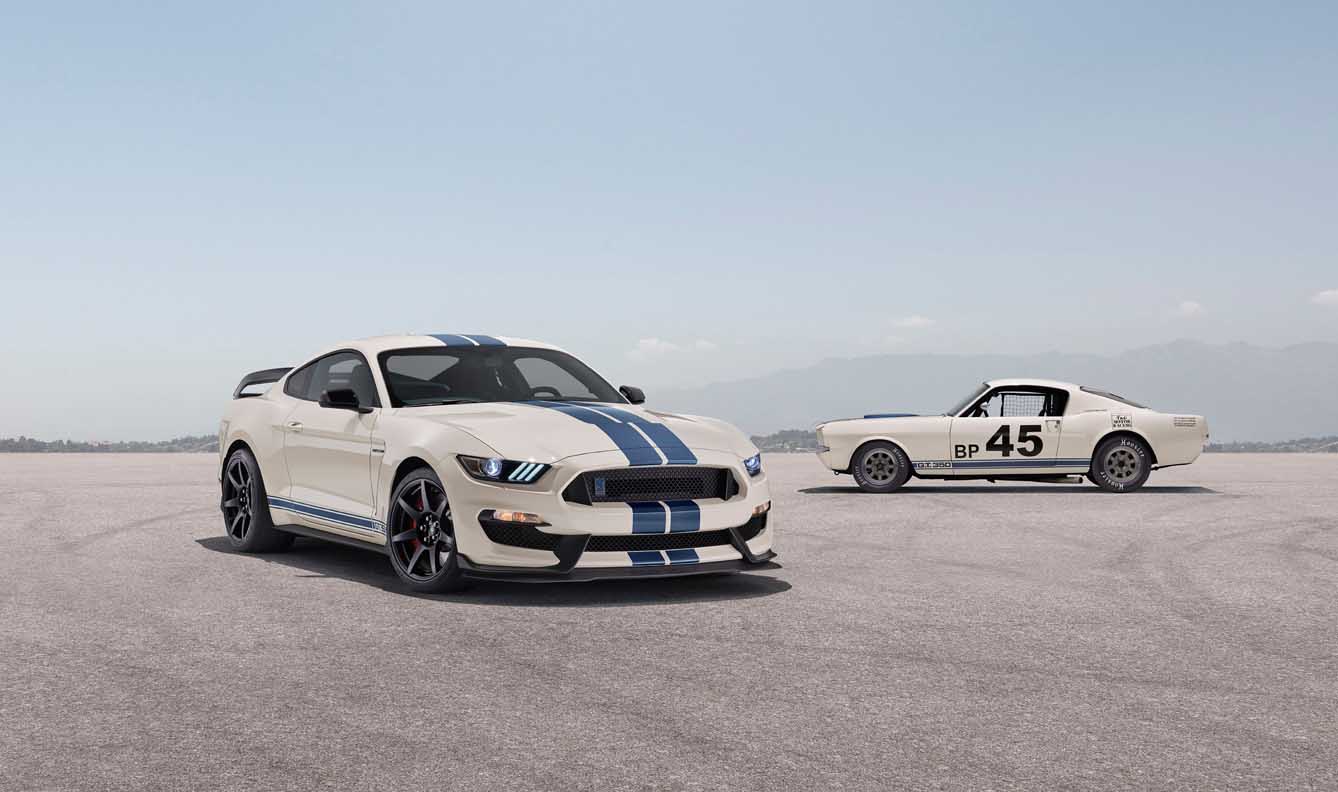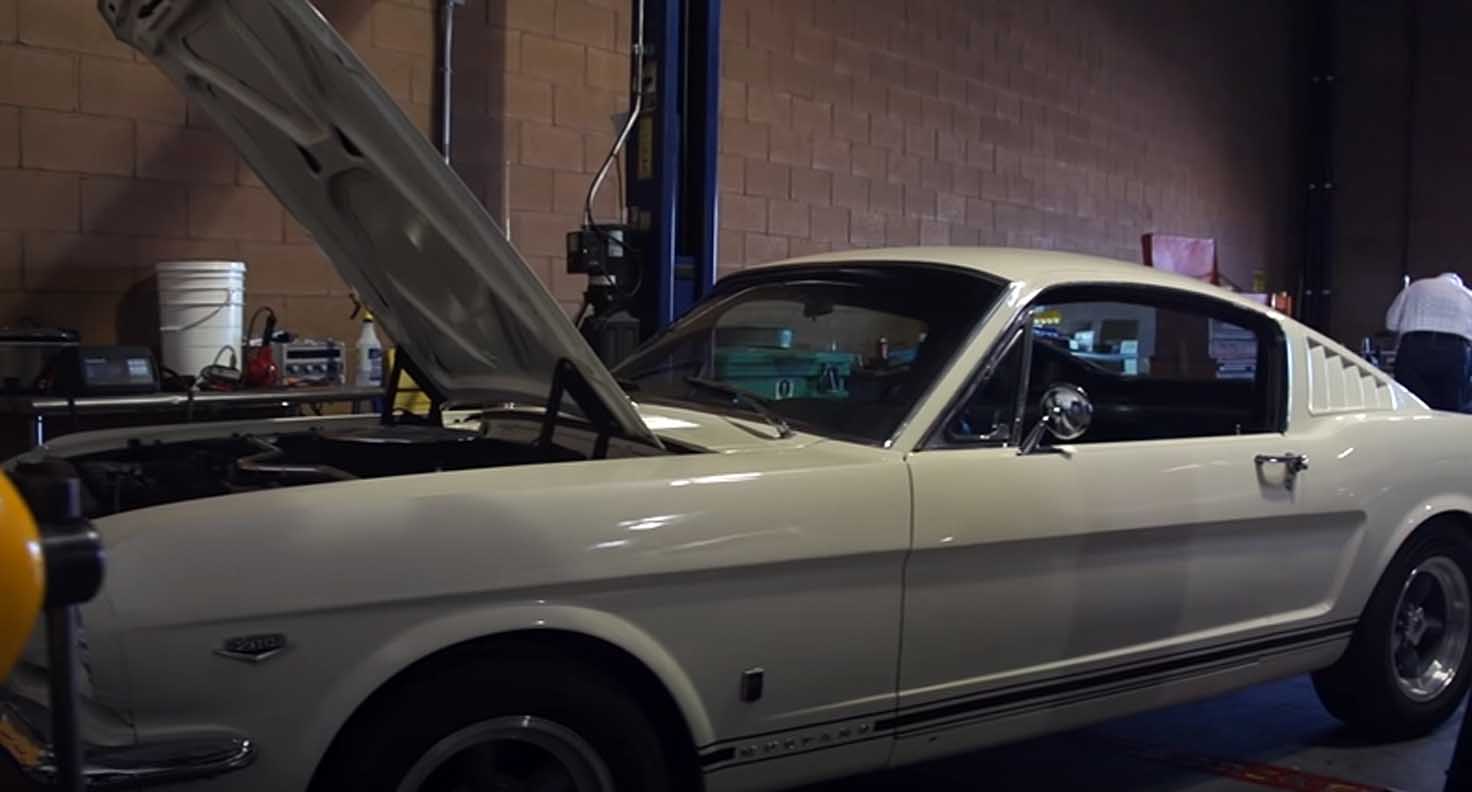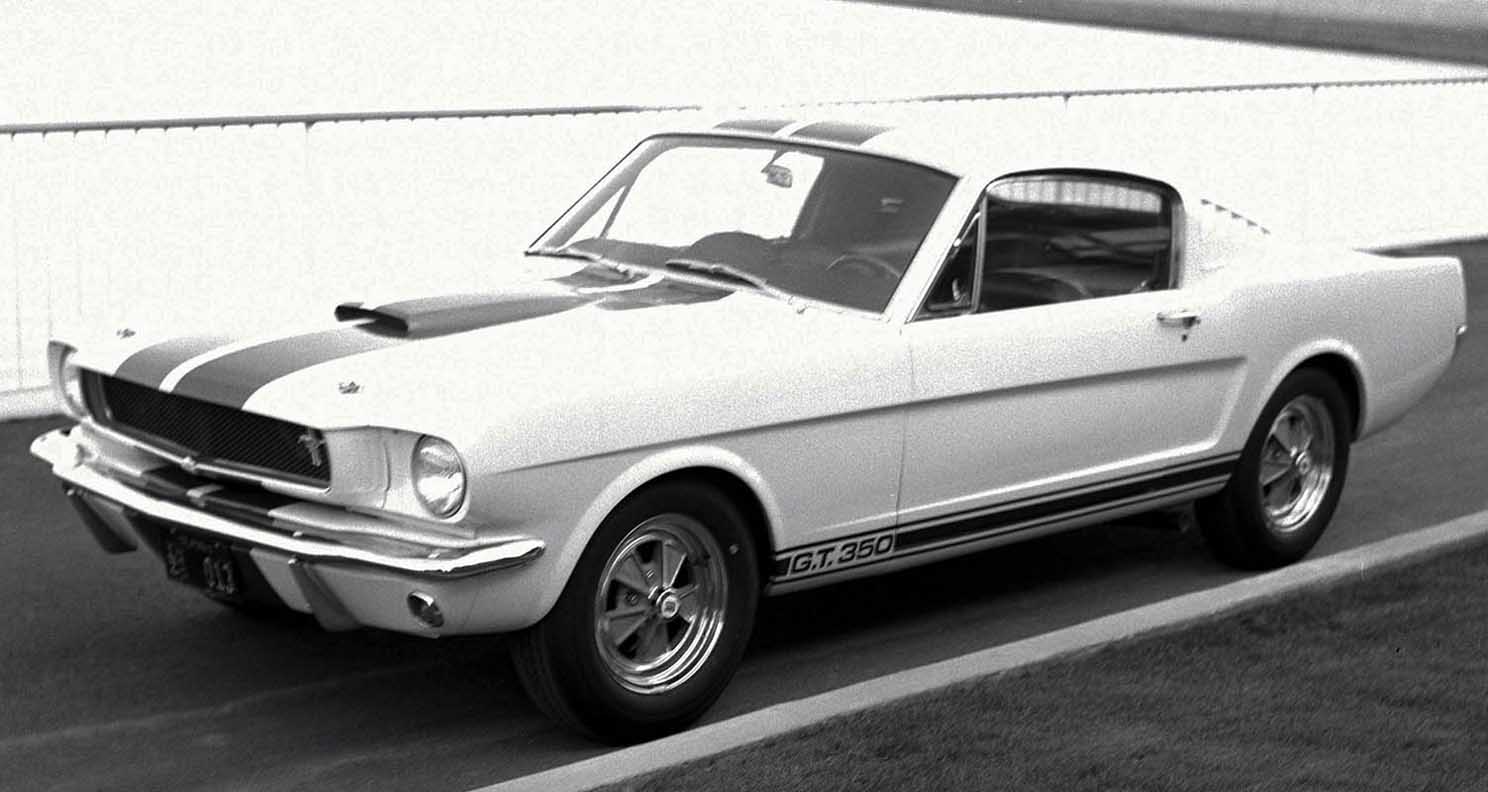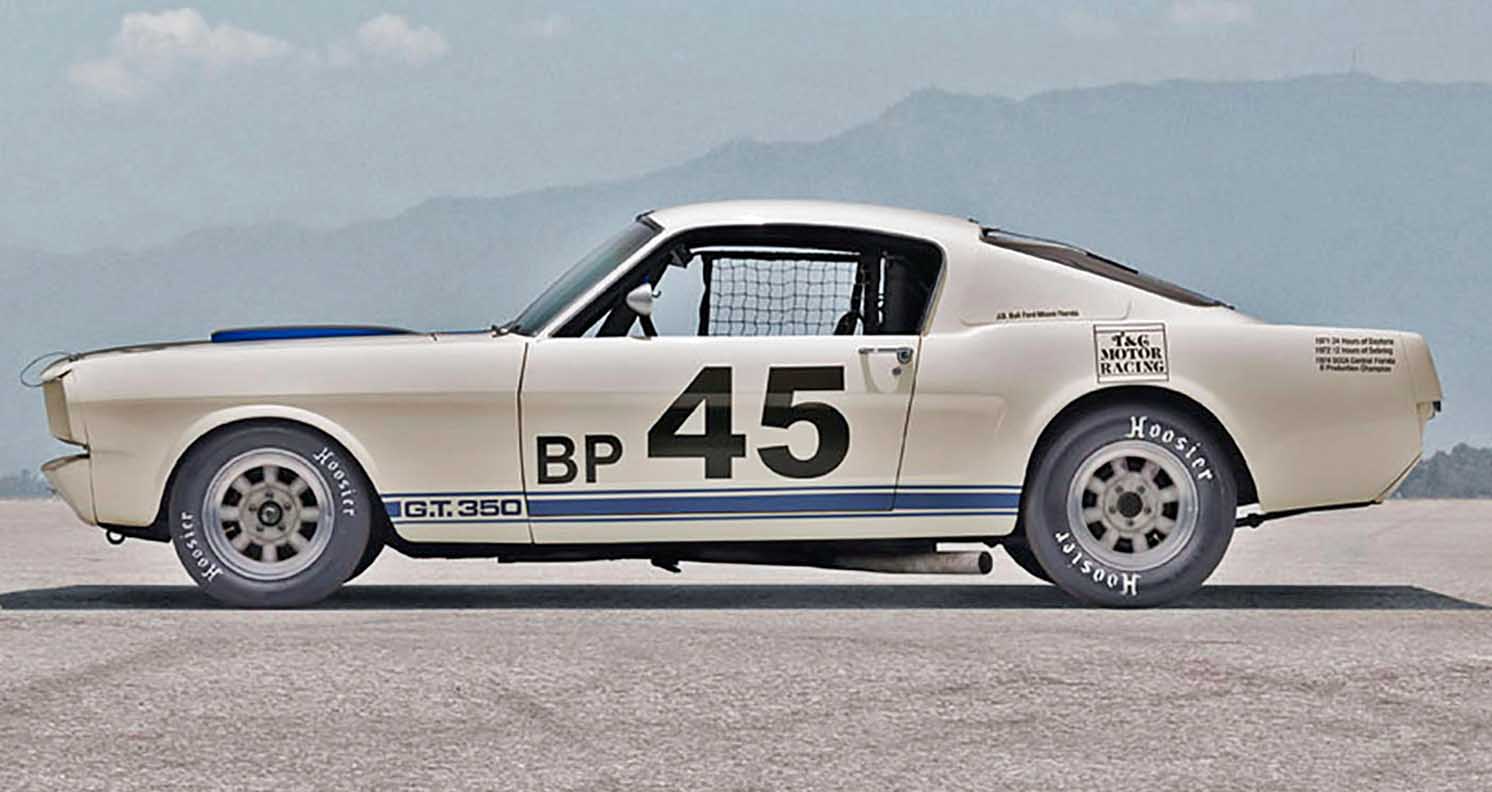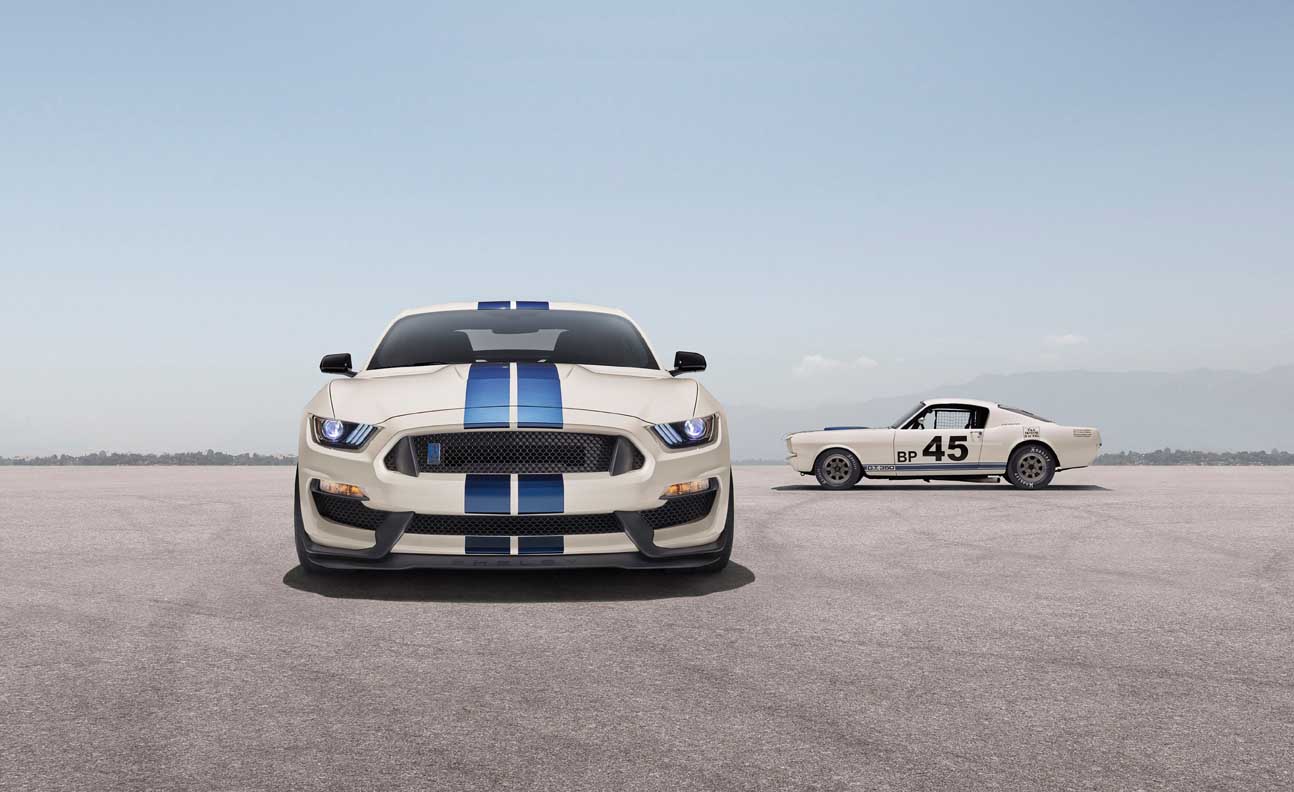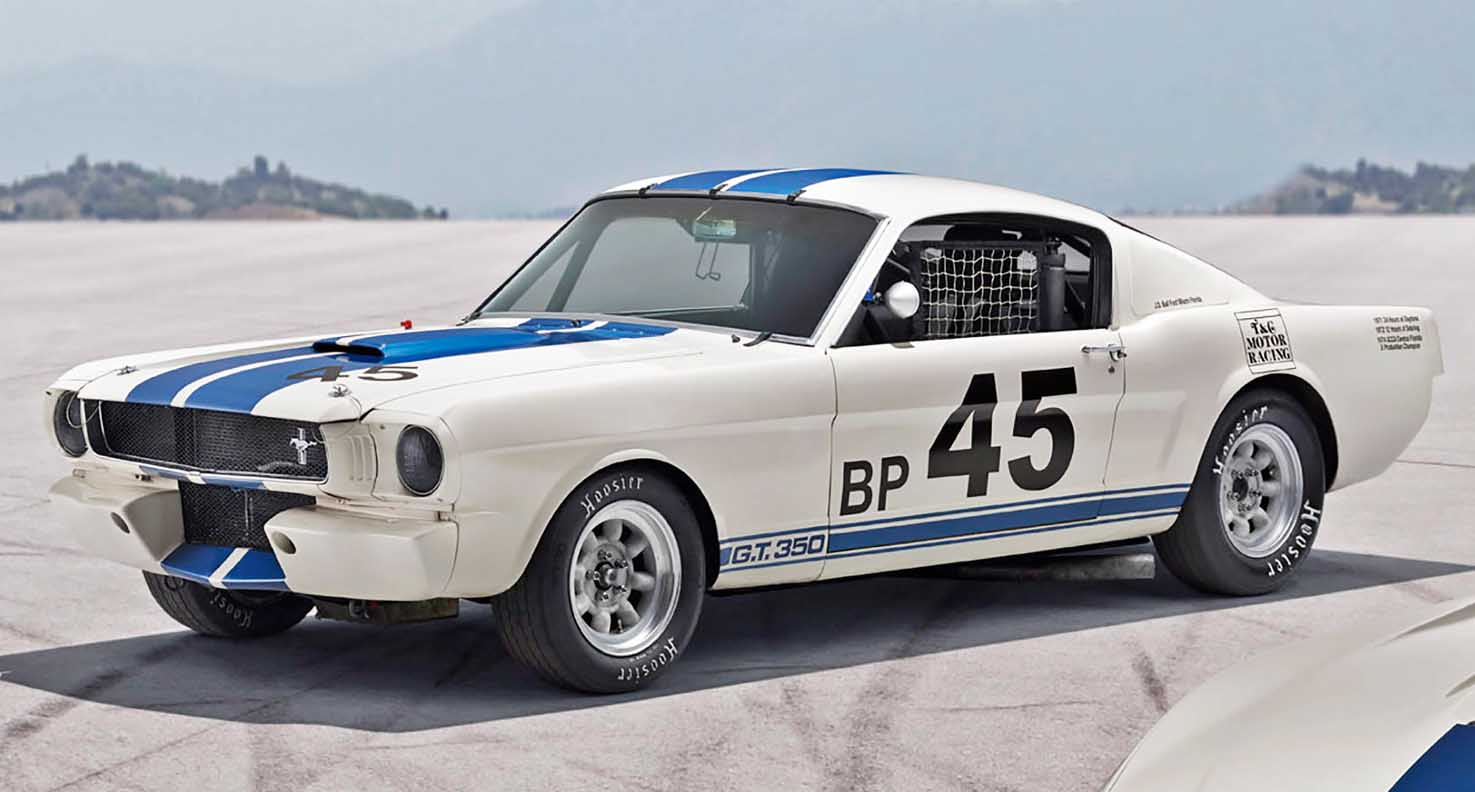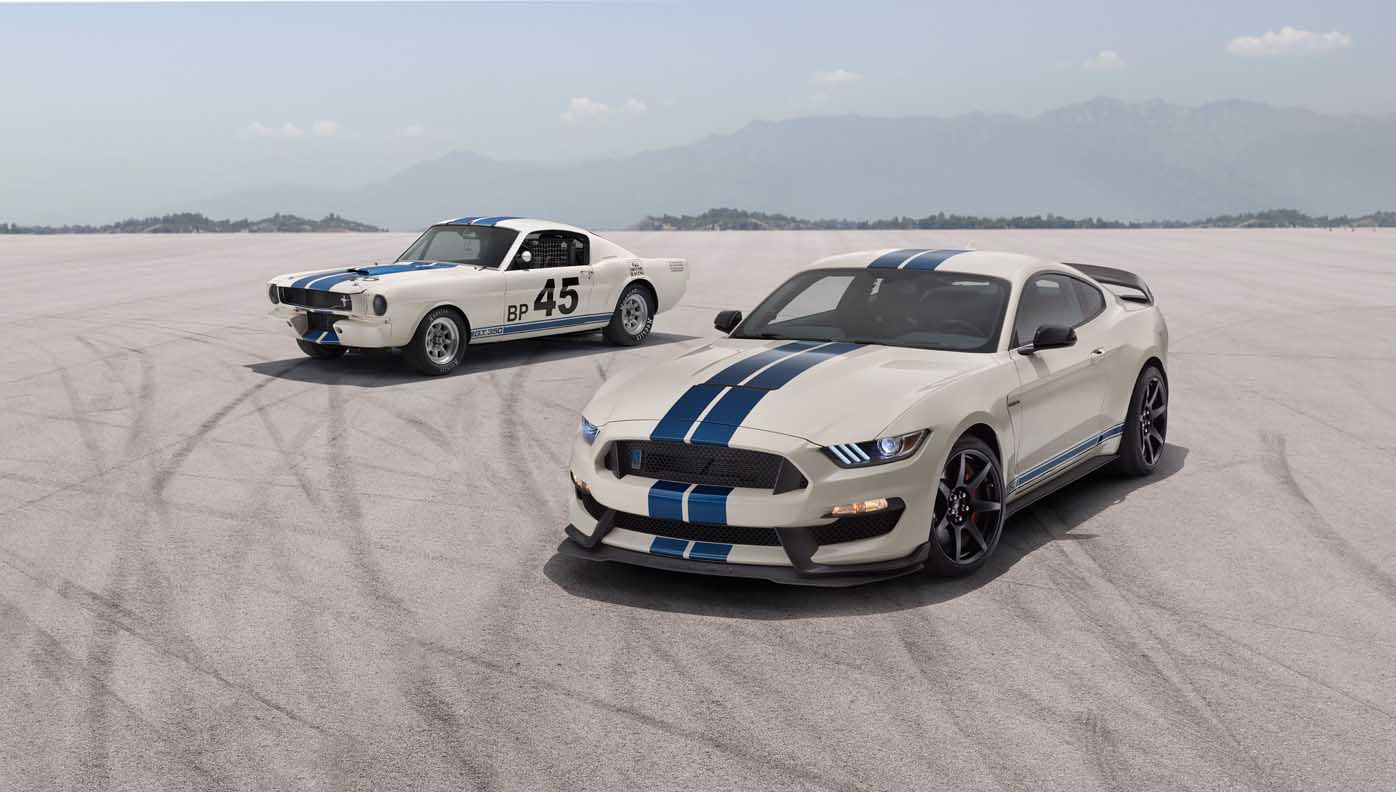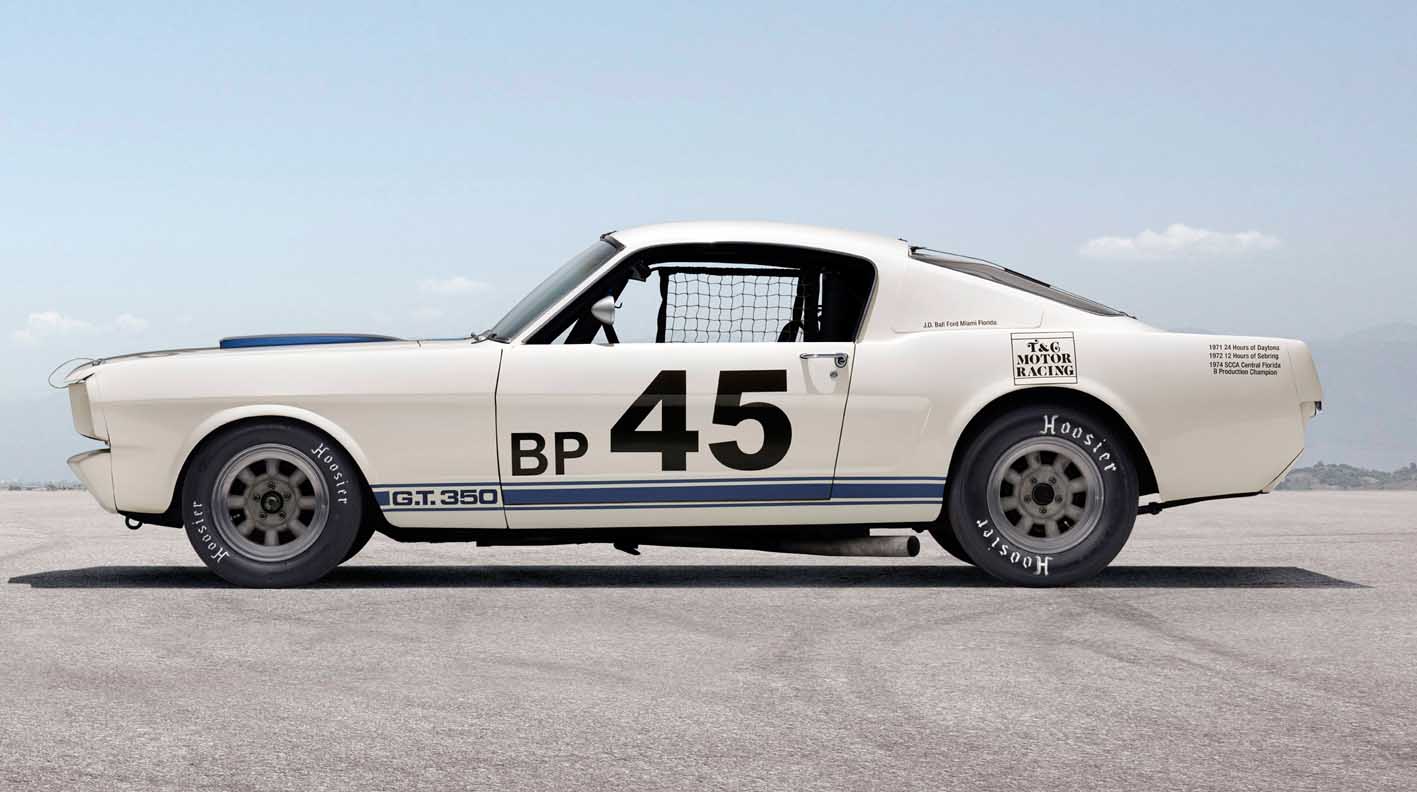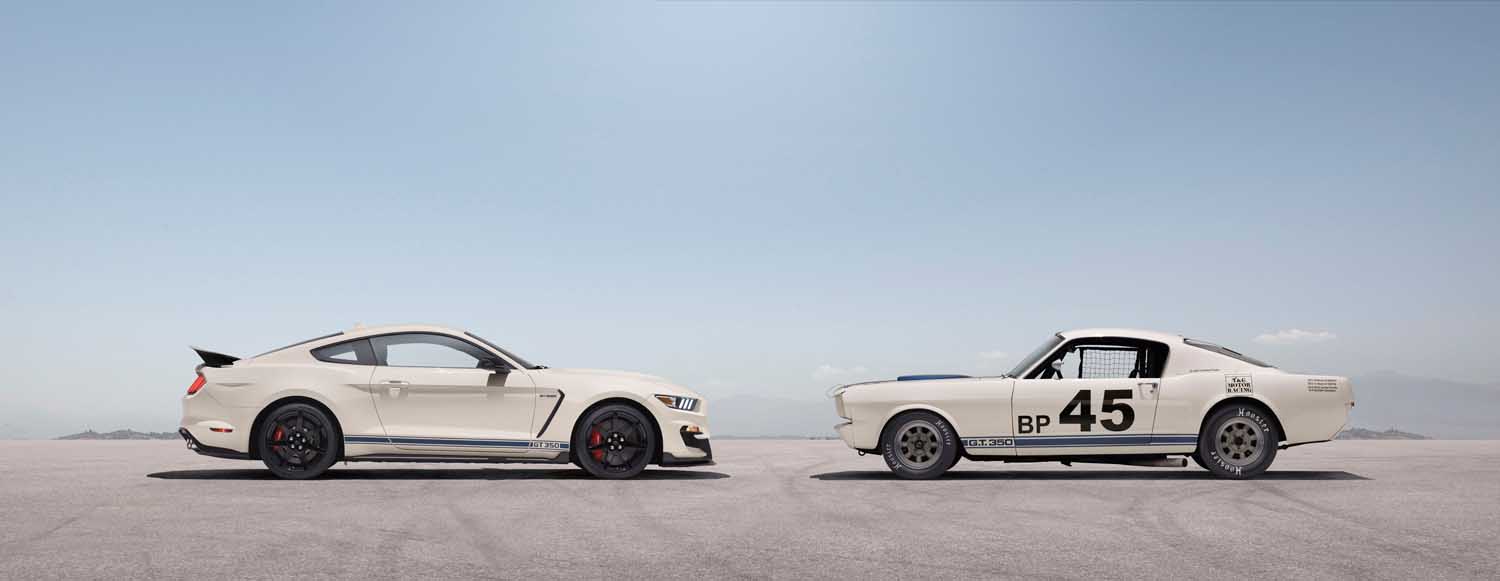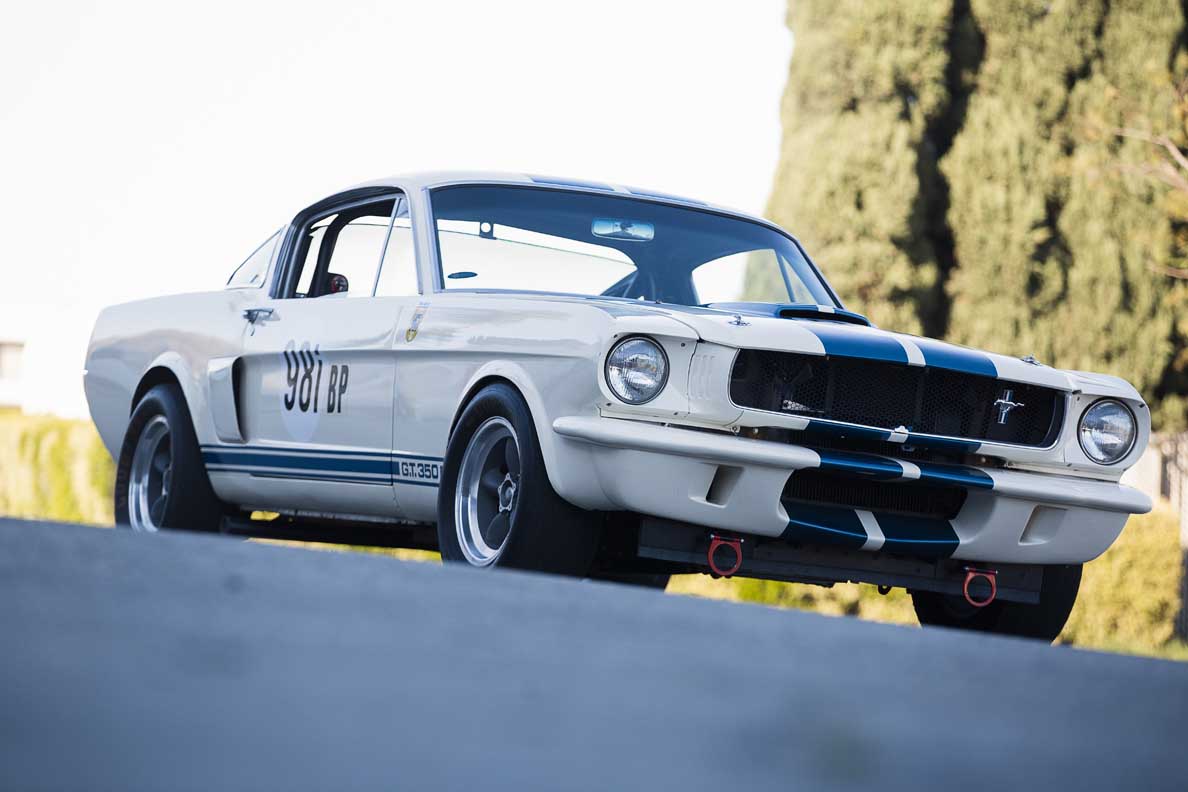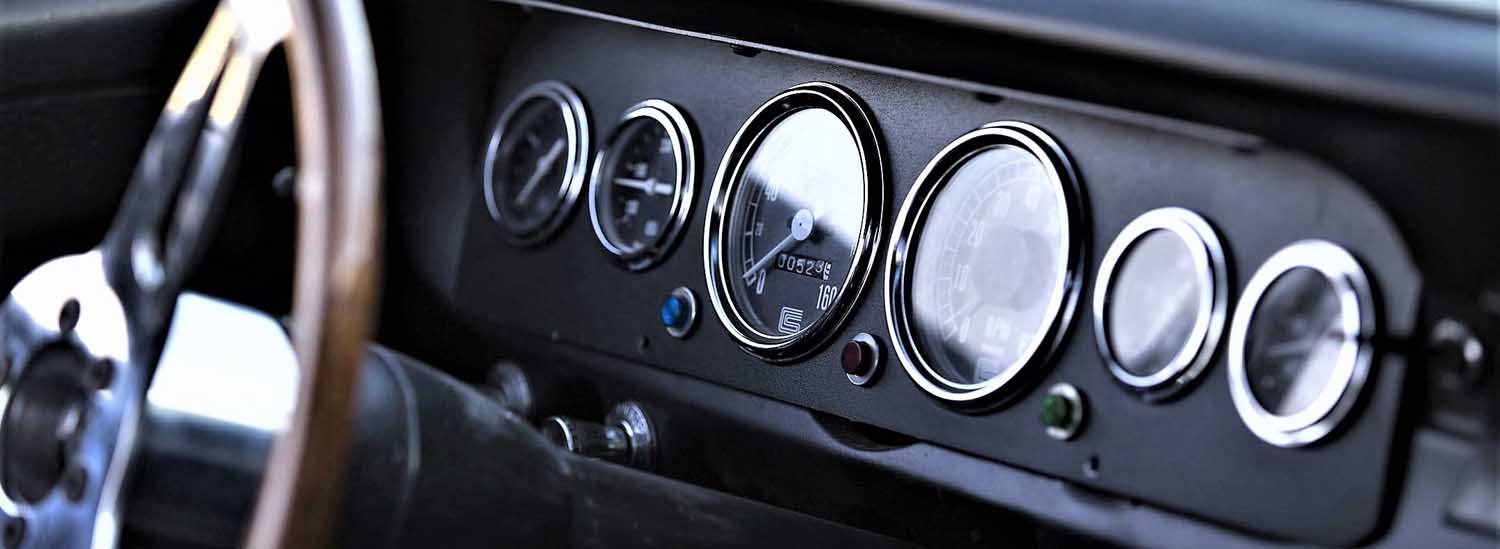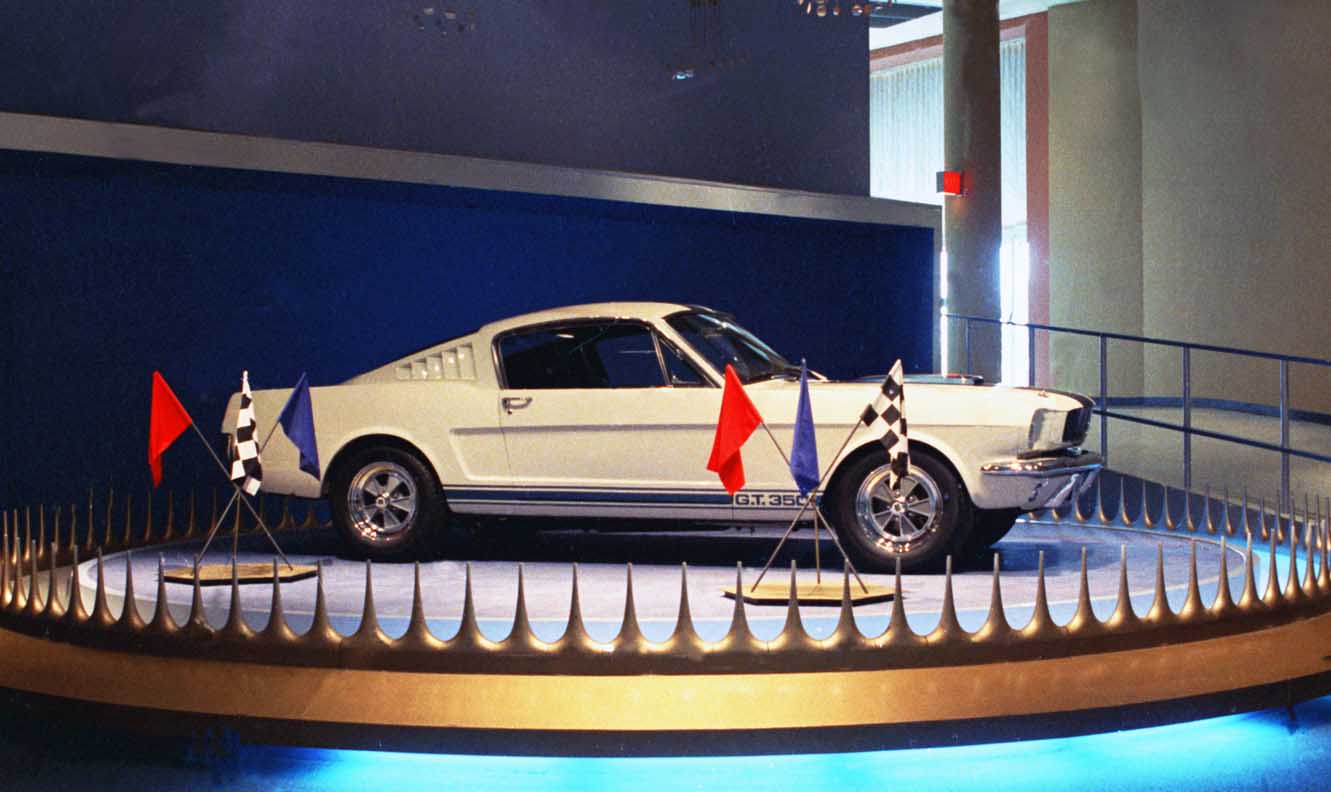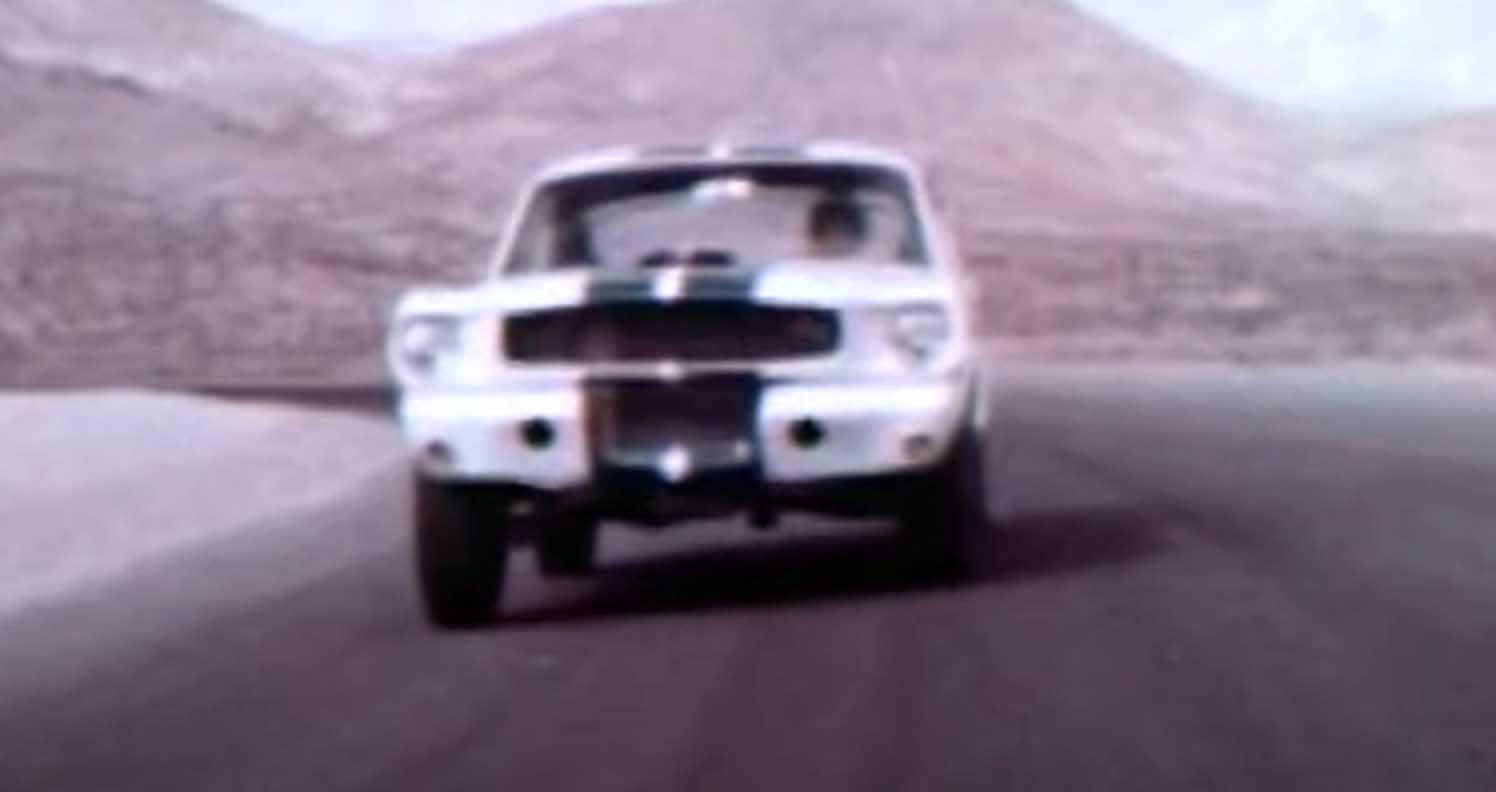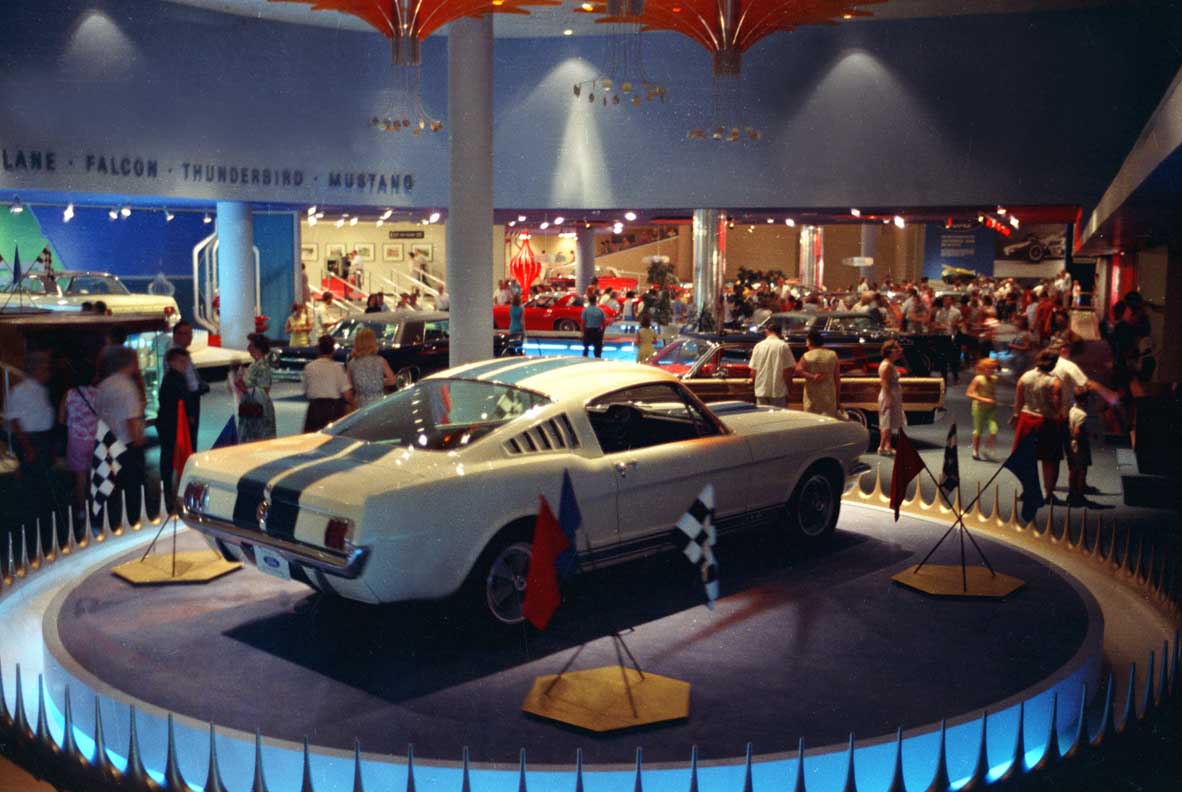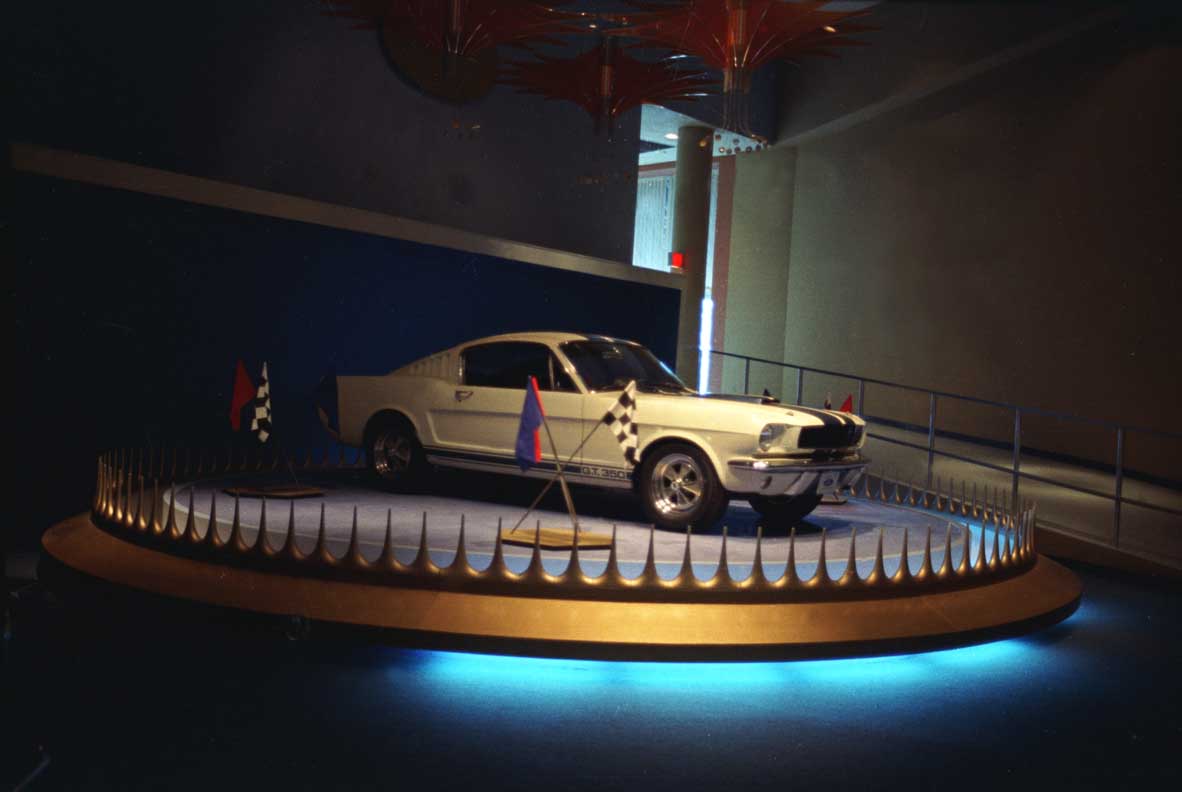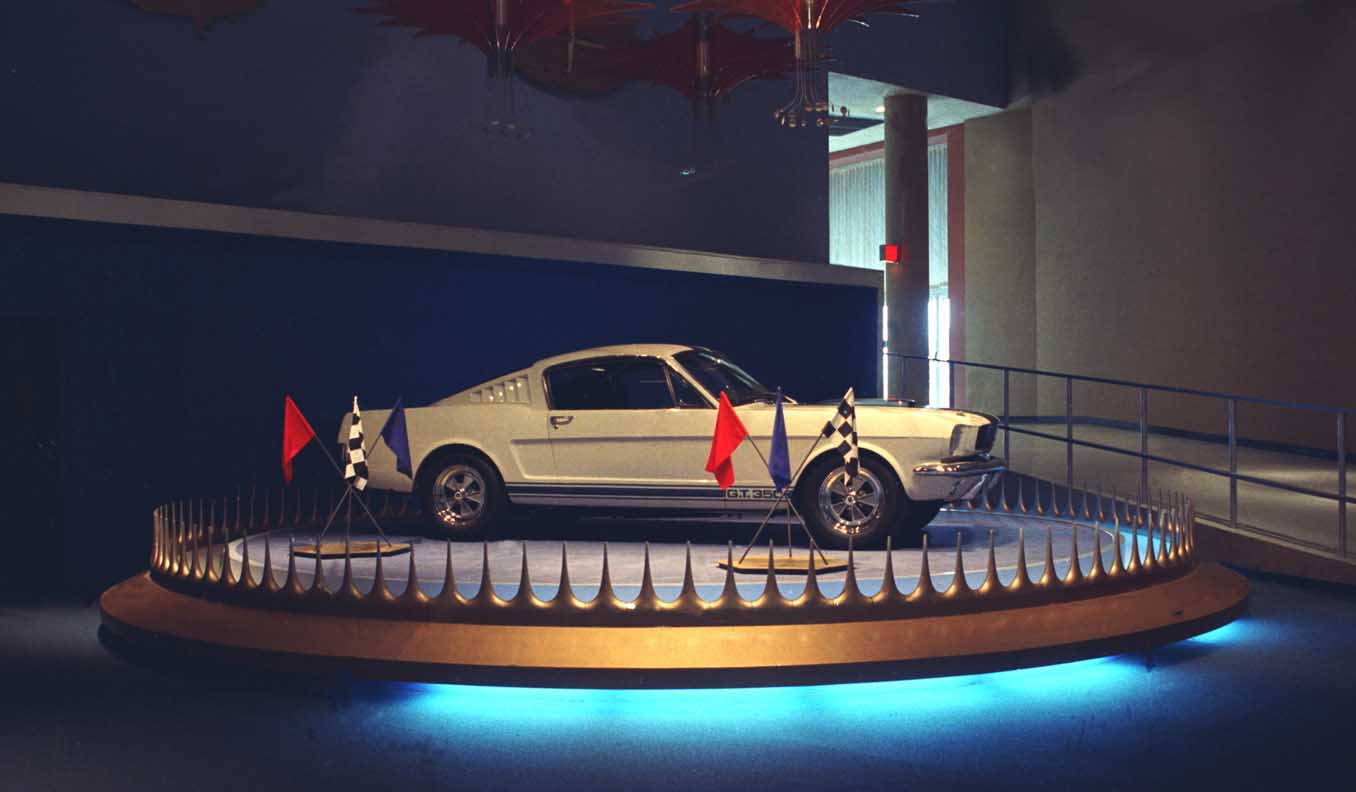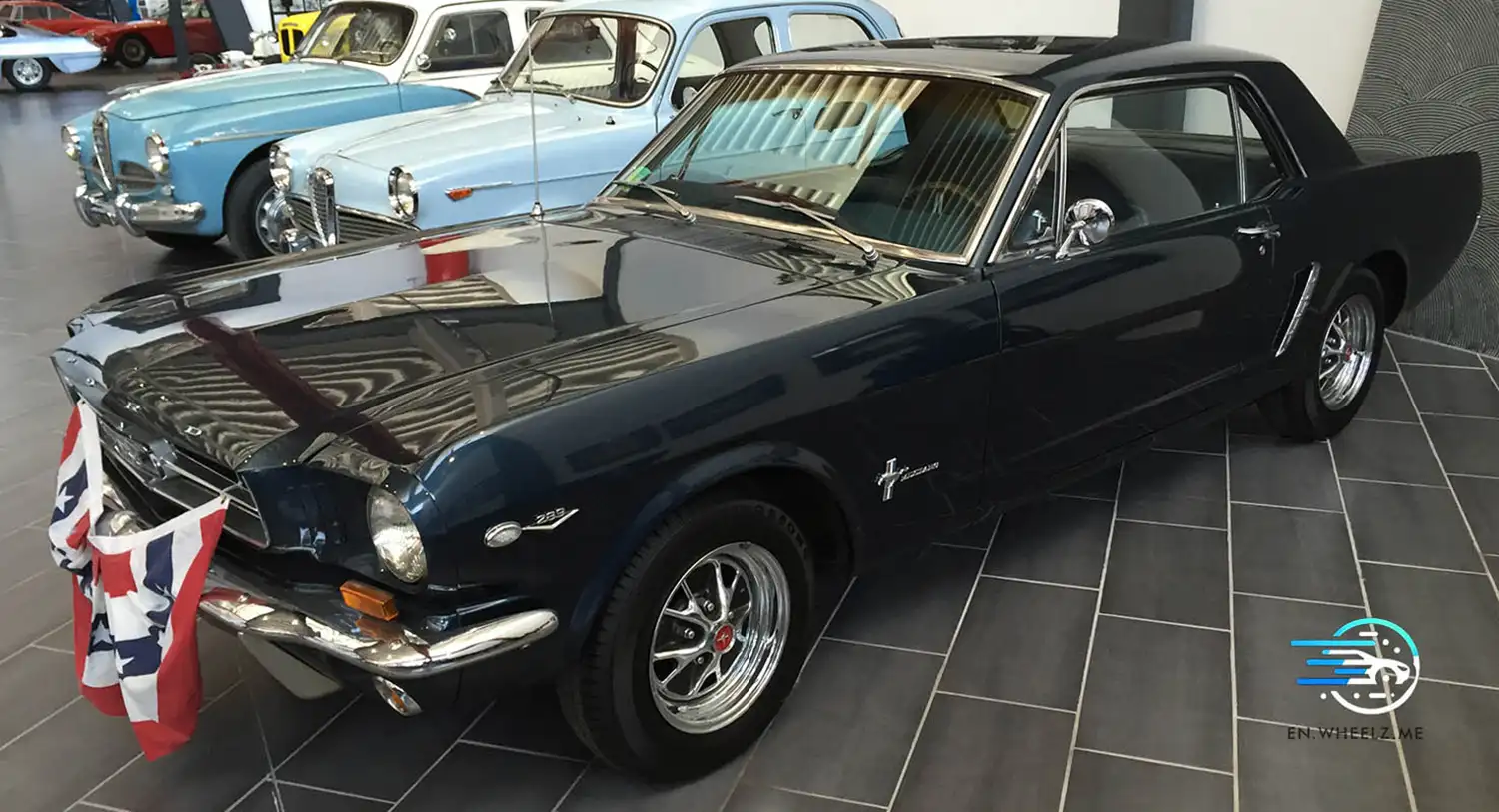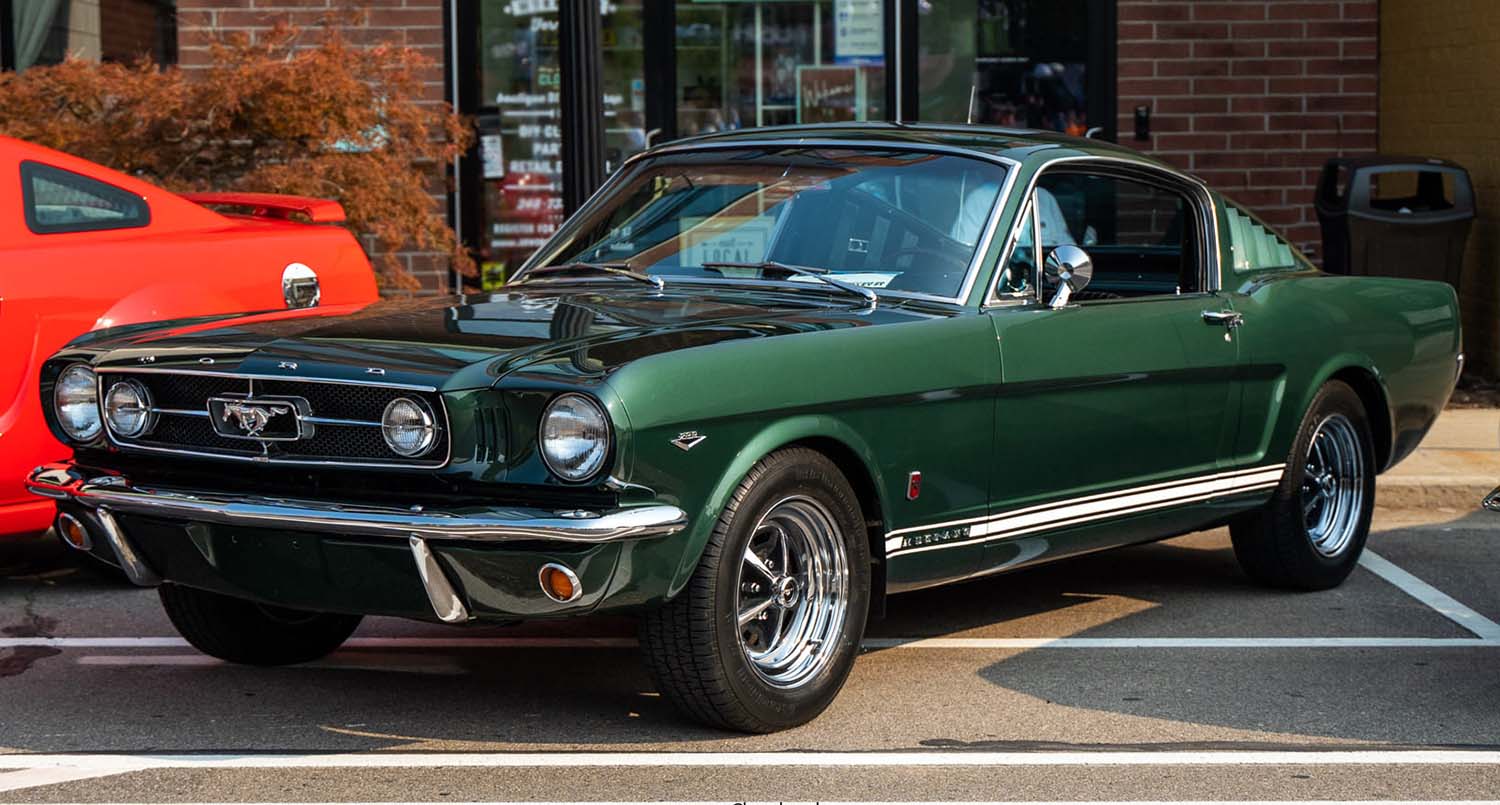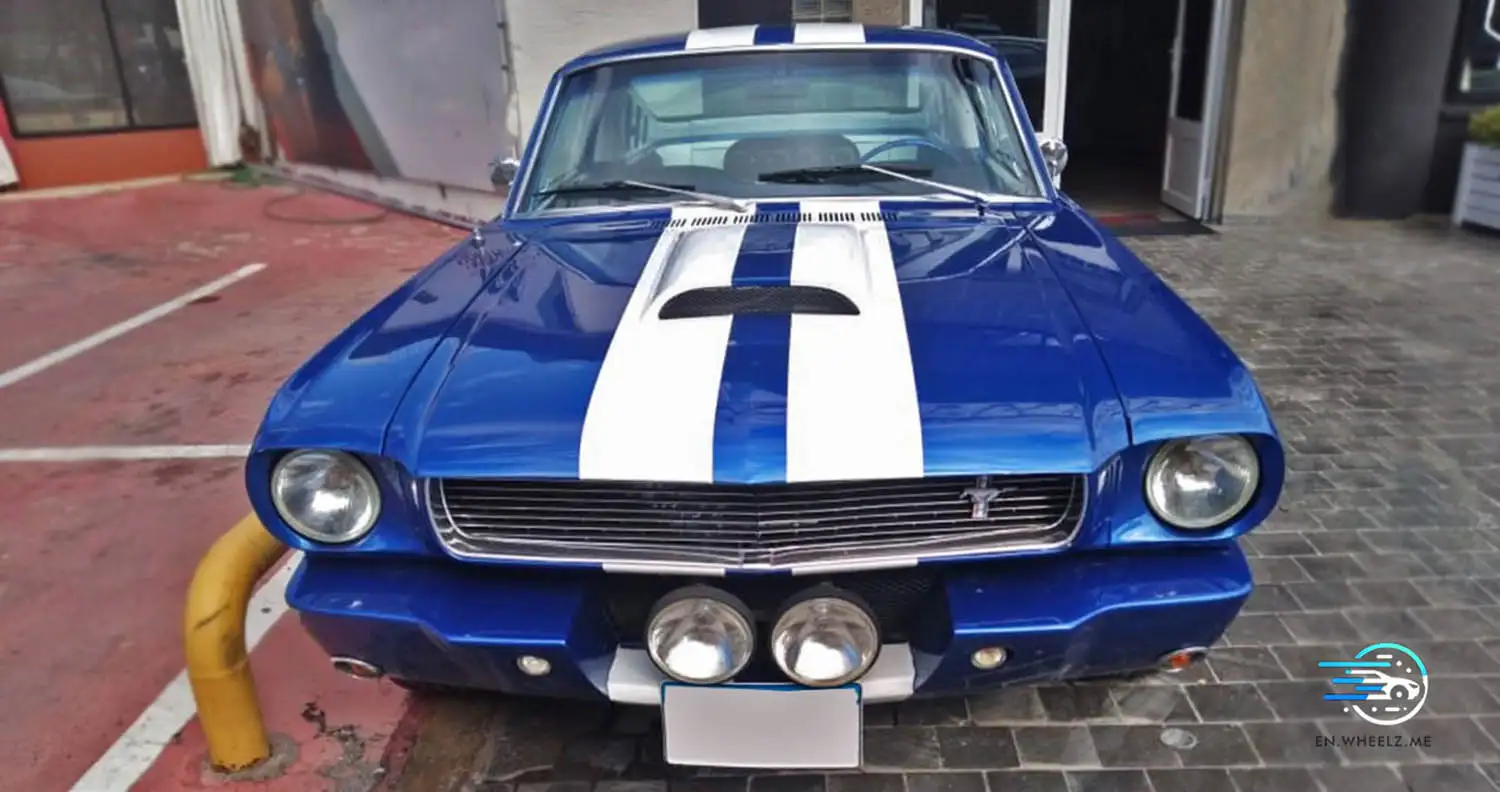
In the mid-1960s, the automotive world was forever changed by the arrival of the Shelby GT350, a high-performance variant of the Ford Mustang that would go on to become a legend in its own right. Crafted by Carroll Shelby and his team at Shelby American, the GT350 was purpose-built to dominate the racetrack while delivering an exhilarating driving experience on the open road. Let’s dive into the performance numbers and specifications that made the 1965 Shelby GT350 an enduring icon of American muscle car history.
Engine: At the heart of the 1965 Shelby GT350 beats a formidable 289 cubic inch (4.7-liter) V8 engine, specially modified by Shelby American for maximum performance. Equipped with high-performance heads, a high-lift camshaft, and a Holley four-barrel carburetor, this potent powerplant generates an impressive output of 306 horsepower at 6,000 rpm and 329 lb-ft of torque at 4,200 rpm. Coupled with a close-ratio four-speed manual transmission, the GT350 delivers blistering acceleration and exhilarating top-end performance that thrills drivers to this day.

Performance Numbers: With its lightweight construction and race-inspired engineering, the 1965 Shelby GT350 was capable of impressive performance figures that set it apart from its competitors of the era. Official tests conducted by Shelby American revealed that the GT350 could sprint from 0 to 60 mph in just 6.5 seconds, a remarkable feat for its time. Furthermore, the GT350 could cover the quarter-mile distance in a blistering 14.6 seconds at a speed of 98 mph, showcasing its straight-line speed and quarter-mile prowess.
Chassis and Suspension: To harness the formidable power of its V8 engine, the 1965 Shelby GT350 featured a modified suspension system and chassis components that were tuned for enhanced handling and agility. Upgrades included stiffer springs, heavy-duty shock absorbers, and larger sway bars, all of which contributed to reduced body roll and improved cornering stability. Additionally, the GT350 rode on lightweight 15-inch alloy wheels shod with high-performance tires, providing ample grip and traction in all driving conditions.
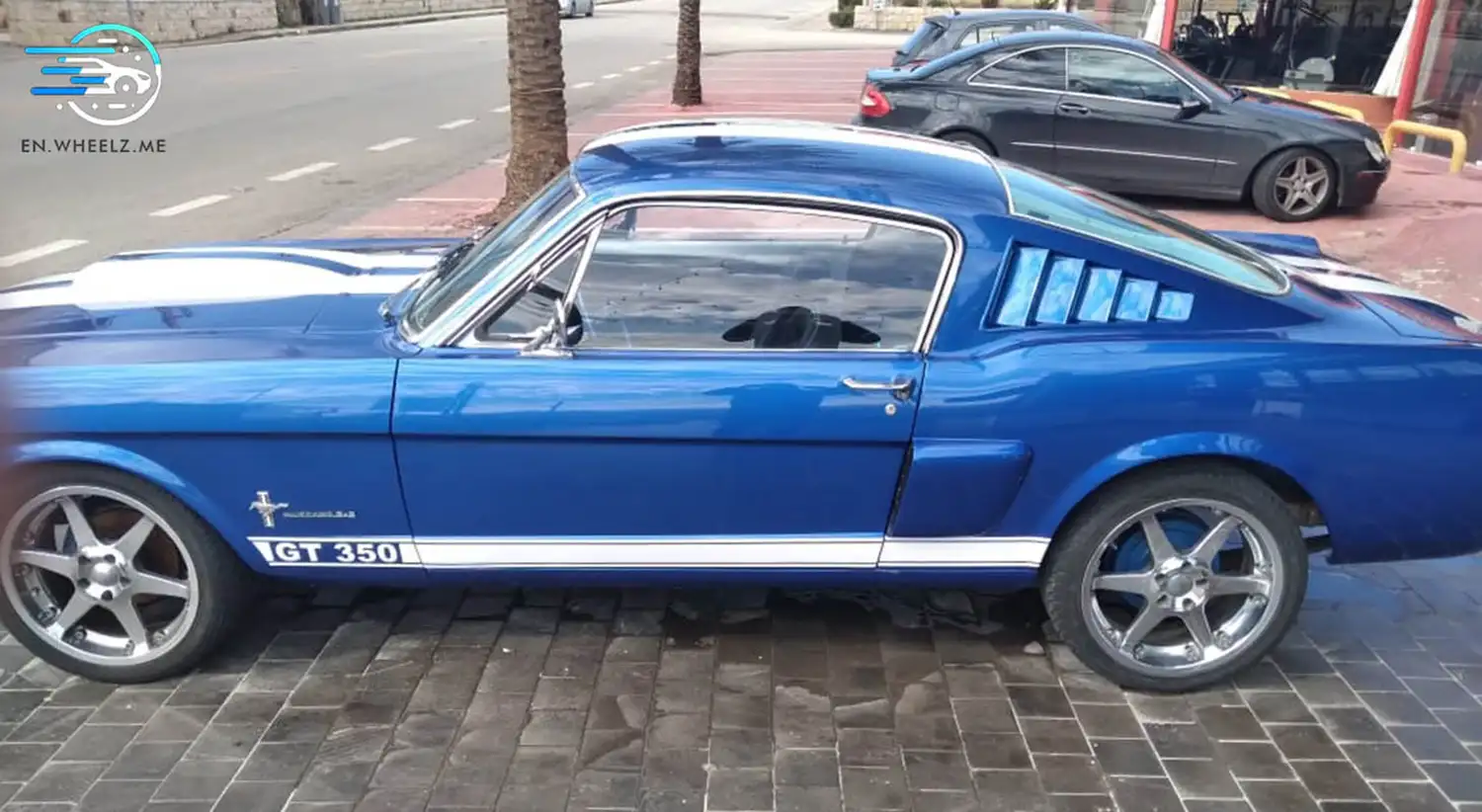
Exterior Design: Visually, the 1965 Shelby GT350 was an imposing presence on the road, with its aggressive stance, distinctive racing stripes, and functional hood scoop hinting at the car’s performance capabilities. Other design elements, such as the integrated rear spoiler, side-exit exhaust system, and iconic Shelby badging, further emphasized the GT350’s racing pedigree and aerodynamic efficiency.
Interior Comfort and Amenities: While focused primarily on performance, the 1965 Shelby GT350 also offered a level of comfort and convenience befitting its status as a high-end sports car. Inside the cabin, drivers were treated to bucket seats upholstered in durable vinyl, a wood-rimmed steering wheel, and a comprehensive array of gauges and instrumentation to monitor the car’s vital signs. Despite its race-inspired pedigree, the GT350 provided a comfortable and driver-focused environment that enhanced the overall driving experience.
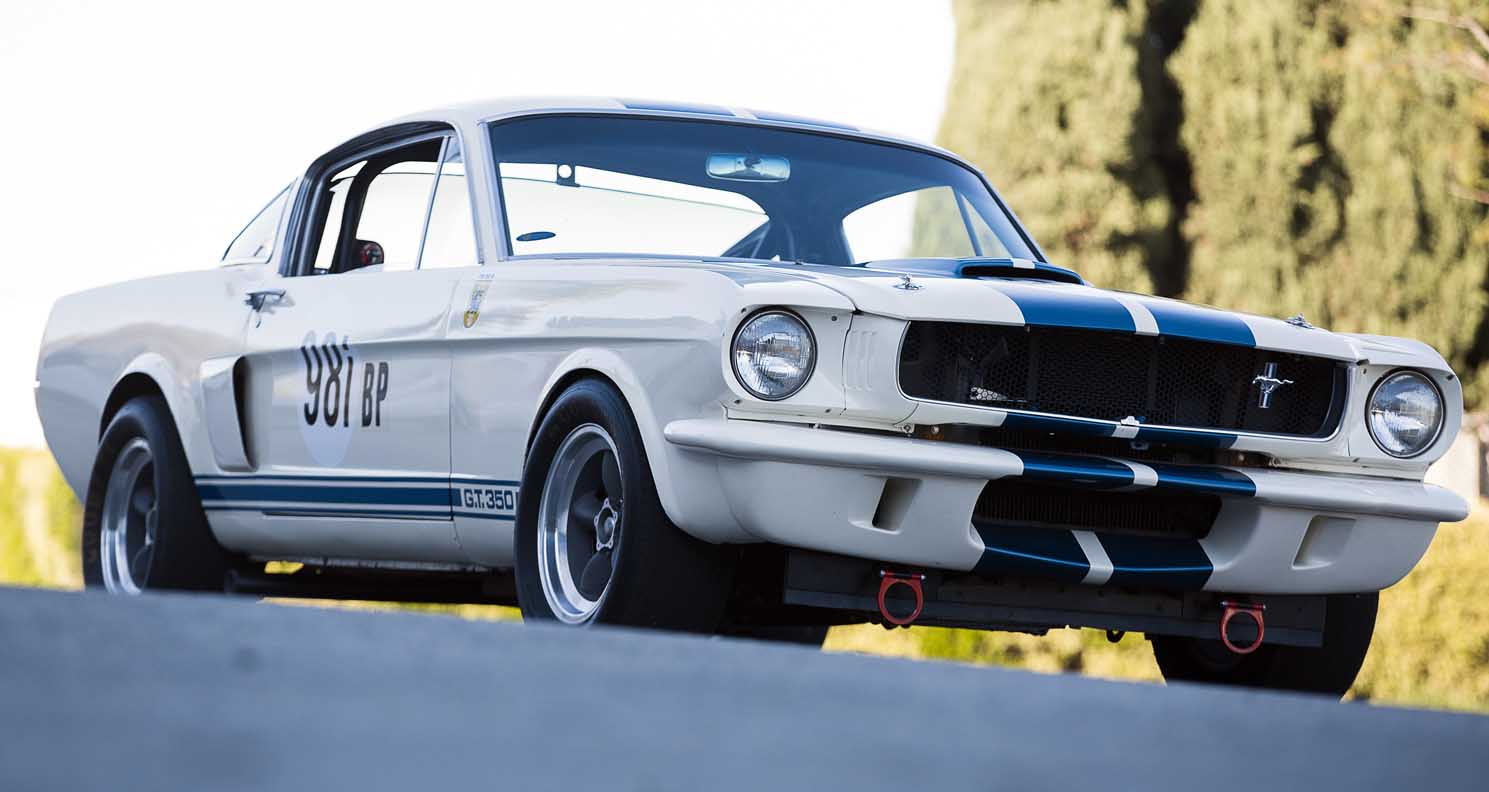
Legacy and Impact: Upon its release, the 1965 Shelby GT350 captured the hearts and minds of automotive enthusiasts around the world, earning praise for its raw power, razor-sharp handling, and unmistakable presence on the road. With its storied racing pedigree and timeless design, the GT350 remains a sought-after collector’s car today, revered for its performance prowess and enduring legacy as an American automotive icon.
In summary, the 1965 Shelby GT350 represents a pinnacle of performance and engineering excellence, a true testament to the vision and passion of Carroll Shelby and his team. With its potent V8 engine, race-inspired chassis, and iconic design, the GT350 continues to inspire and captivate enthusiasts, cementing its status as a timeless classic in the annals of automotive history.
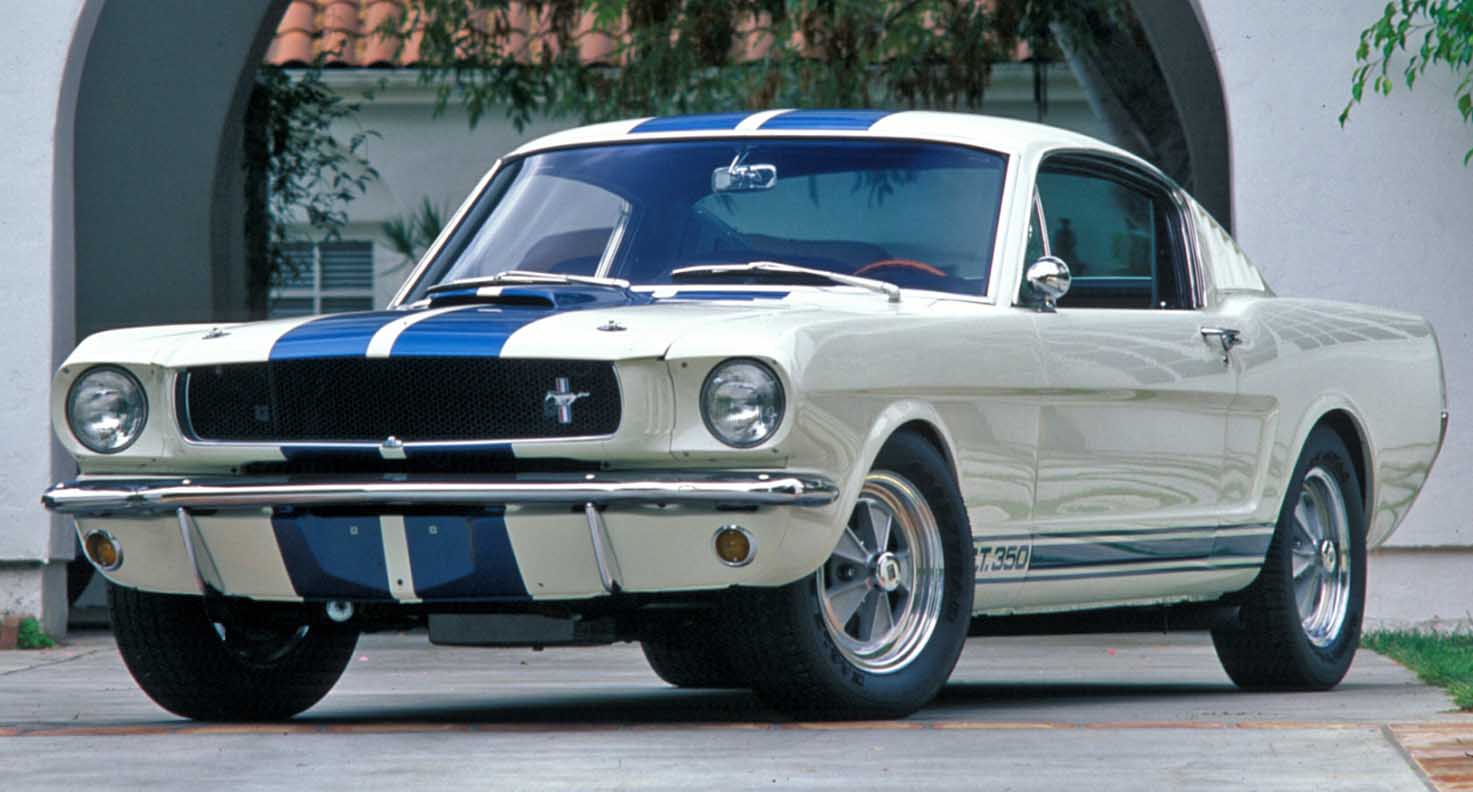
- Engine:
- Engine Type: 289 cubic inch (4.7-liter) V8
- Horsepower: 306 hp @ 6,000 rpm
- Torque: 329 lb-ft @ 4,200 rpm
- Carburetor: Holley four-barrel
- Transmission:
- Transmission Type: Close-ratio four-speed manual
- Performance Numbers:
- 0-60 mph: 6.5 seconds
- Quarter-Mile Time: 14.6 seconds @ 98 mph
- Chassis and Suspension:
- Suspension: Modified with stiffer springs, heavy-duty shock absorbers, and larger sway bars
- Wheels: Lightweight 15-inch alloy wheels
- Tires: High-performance tires
- Exterior Design:
- Racing stripes
- Functional hood scoop
- Integrated rear spoiler
- Side-exit exhaust system
- Shelby badging
- Interior Comfort and Amenities:
- Seats: Bucket seats upholstered in durable vinyl
- Steering Wheel: Wood-rimmed
- Gauges: Comprehensive array of gauges and instrumentation
- Legacy and Impact:
- Enduring legacy as an American automotive icon
- Highly sought-after collector’s car
- Revered for its performance prowess and timeless design
This Article use tools from Chatgpt

